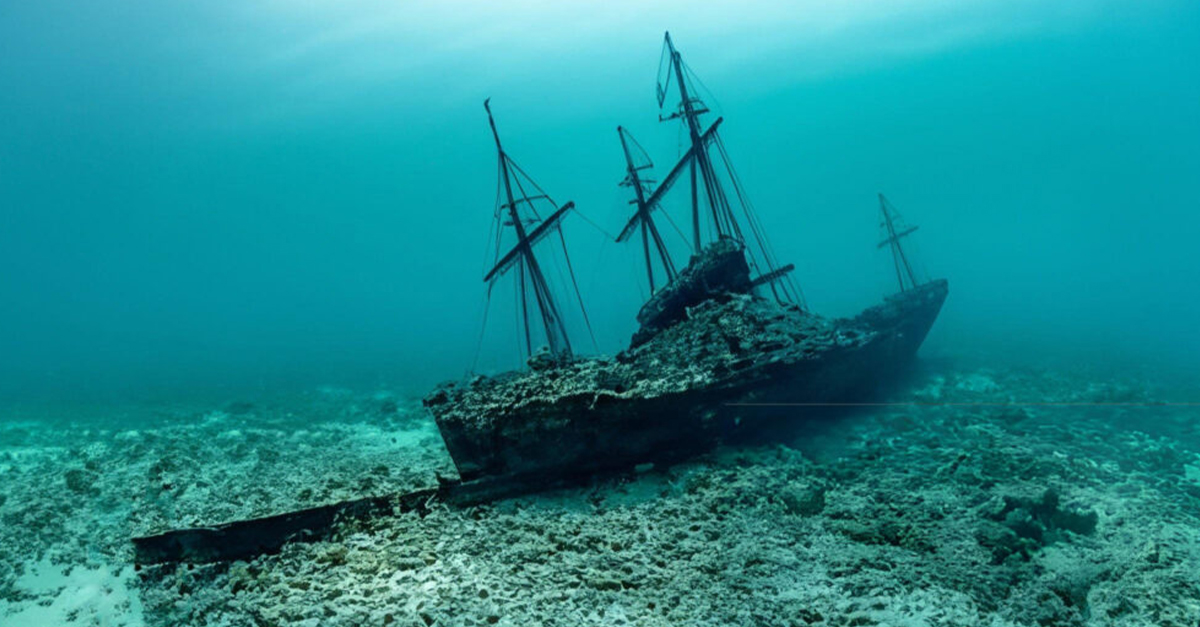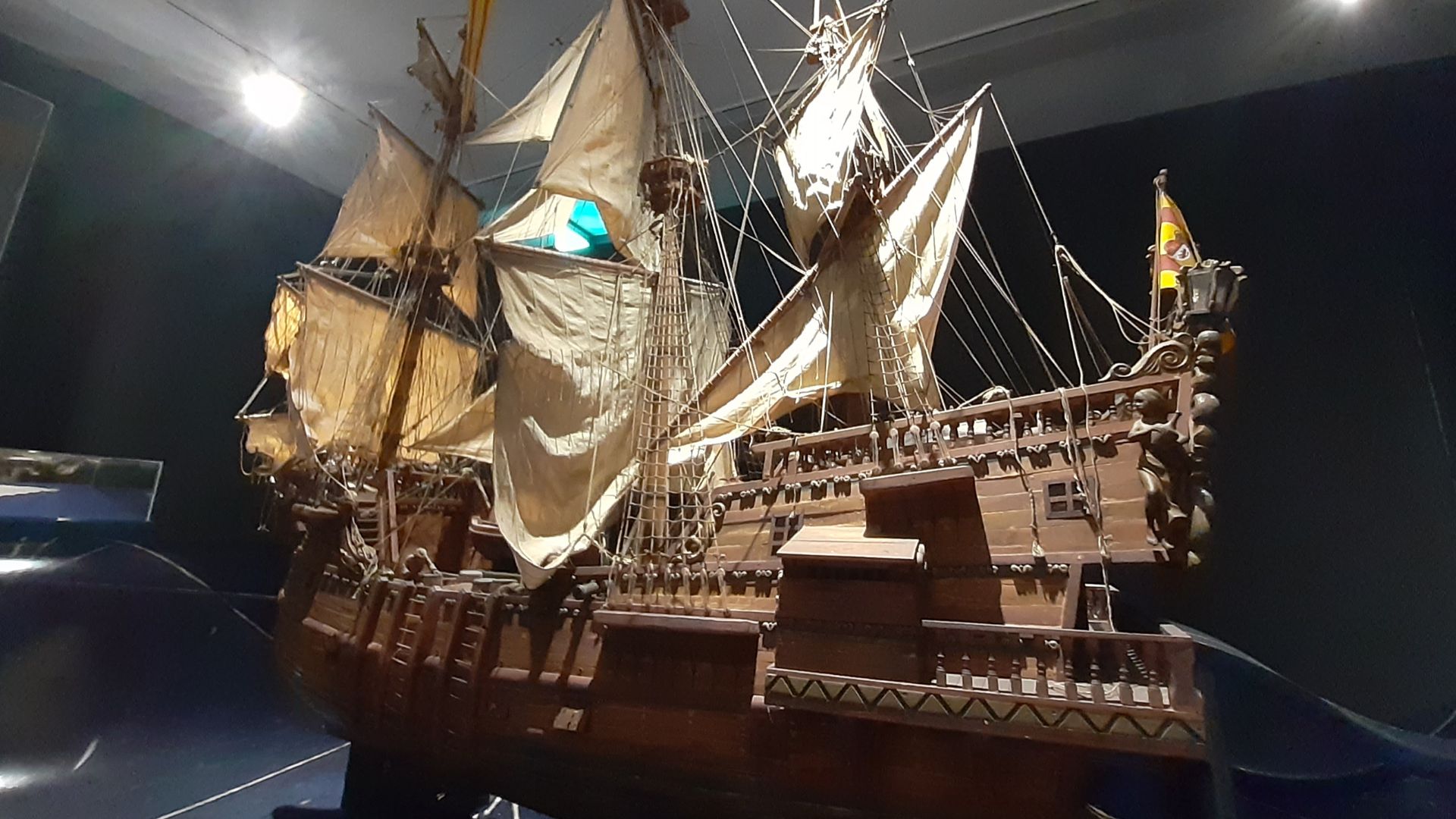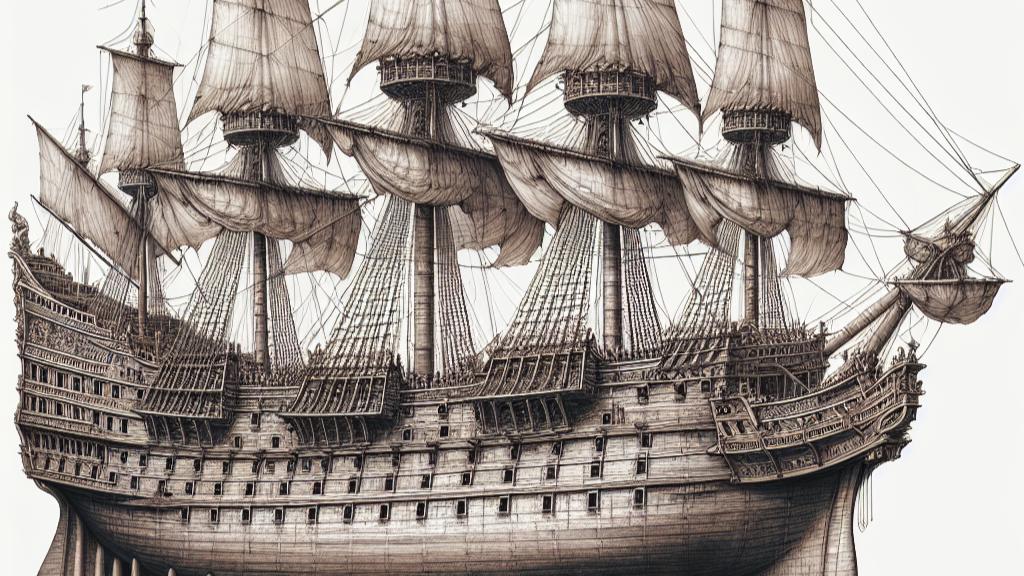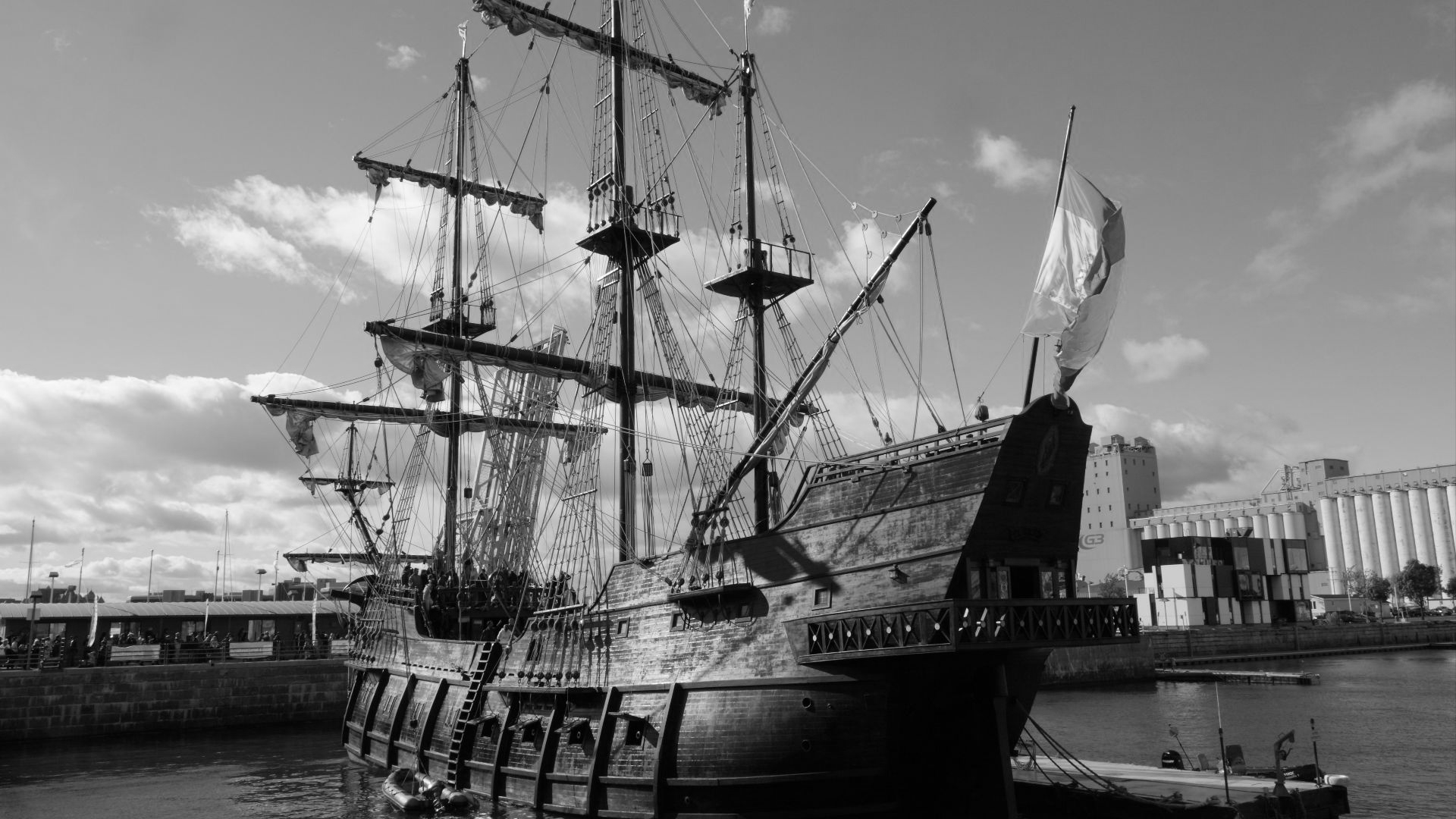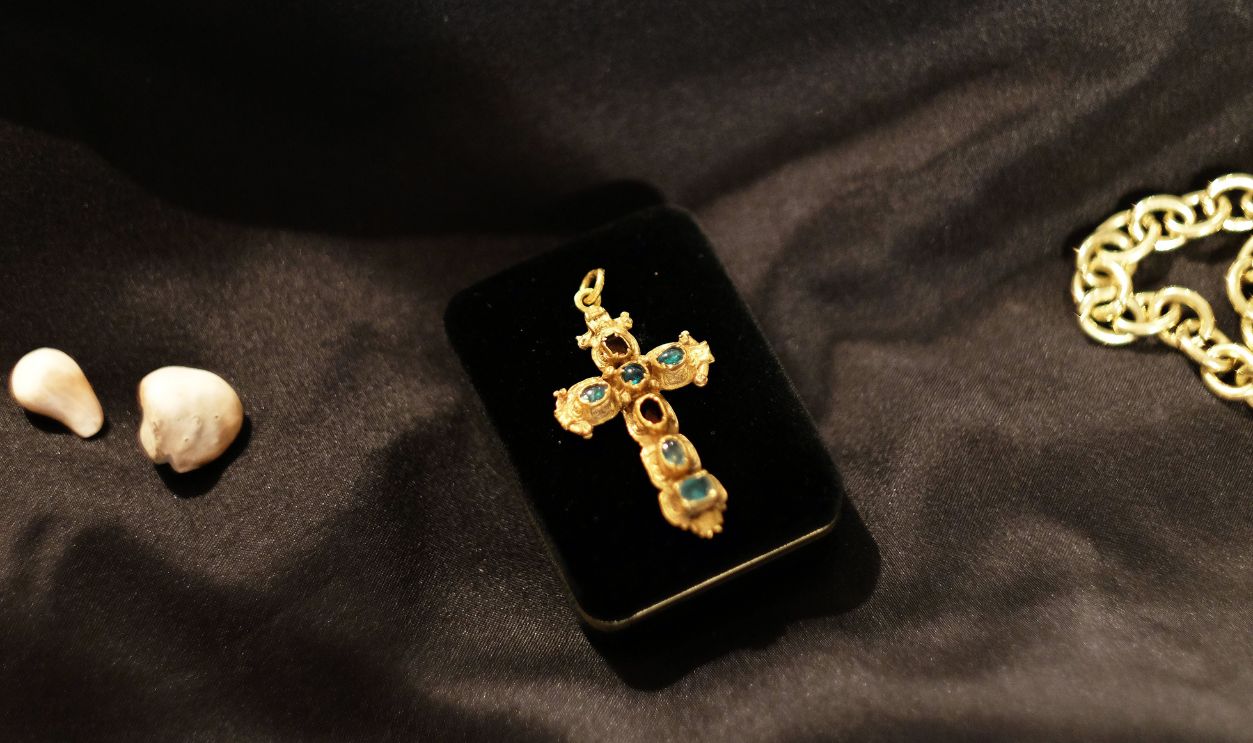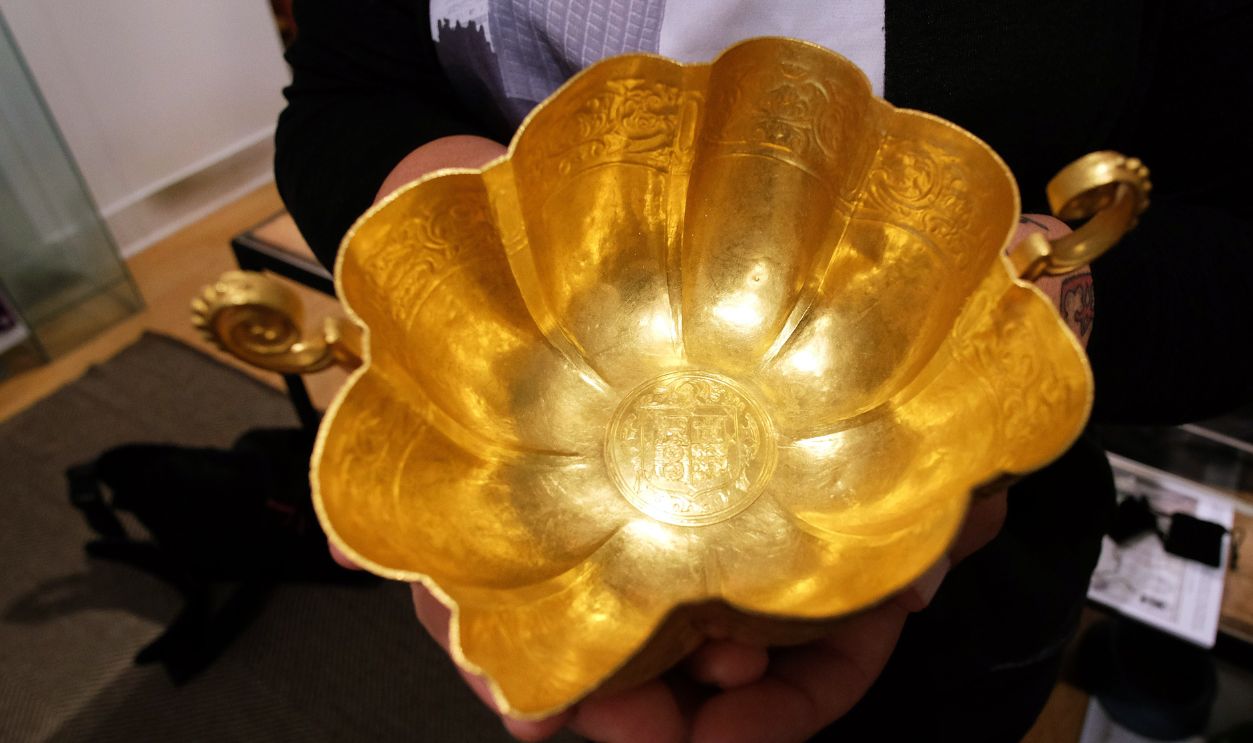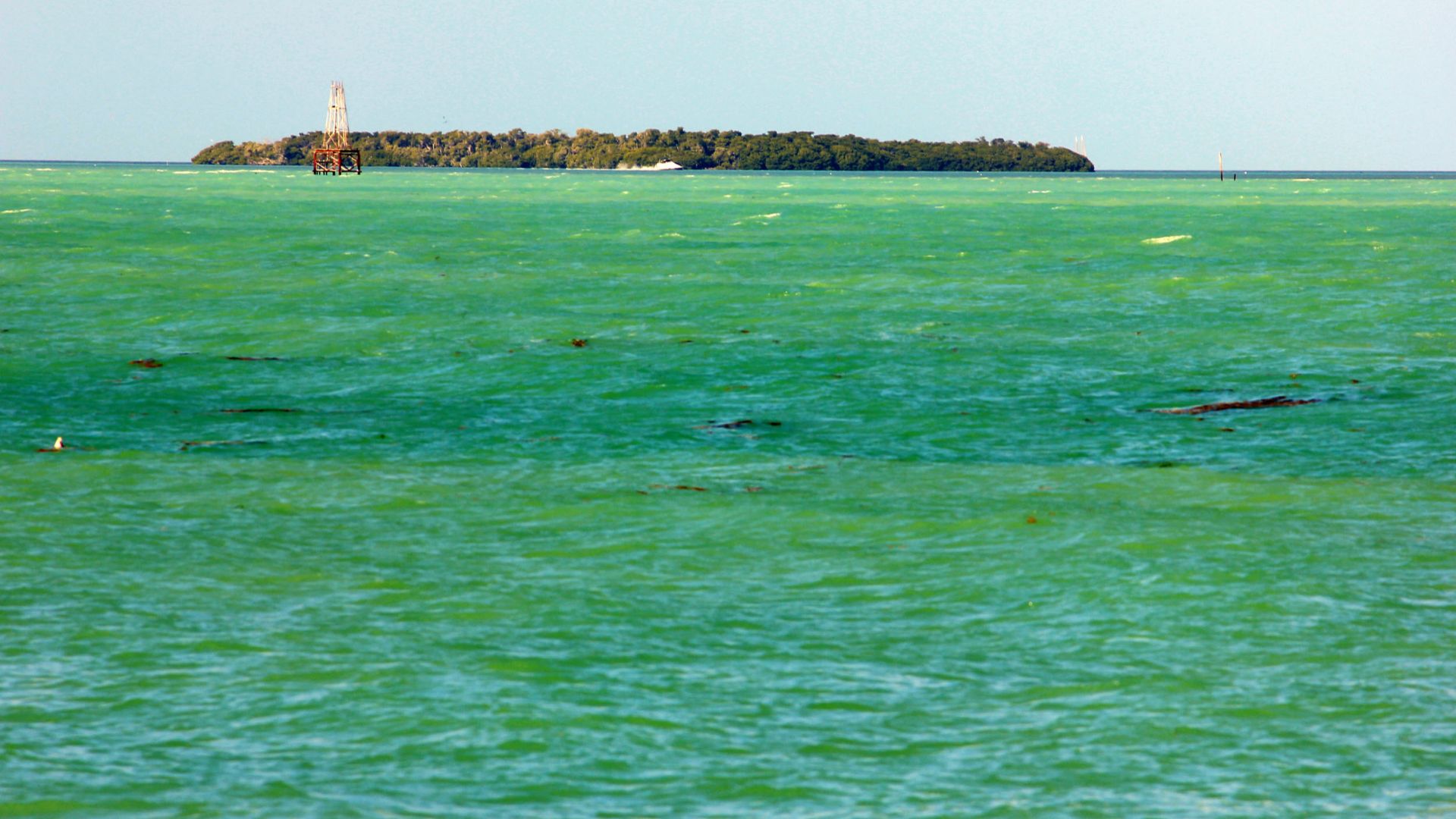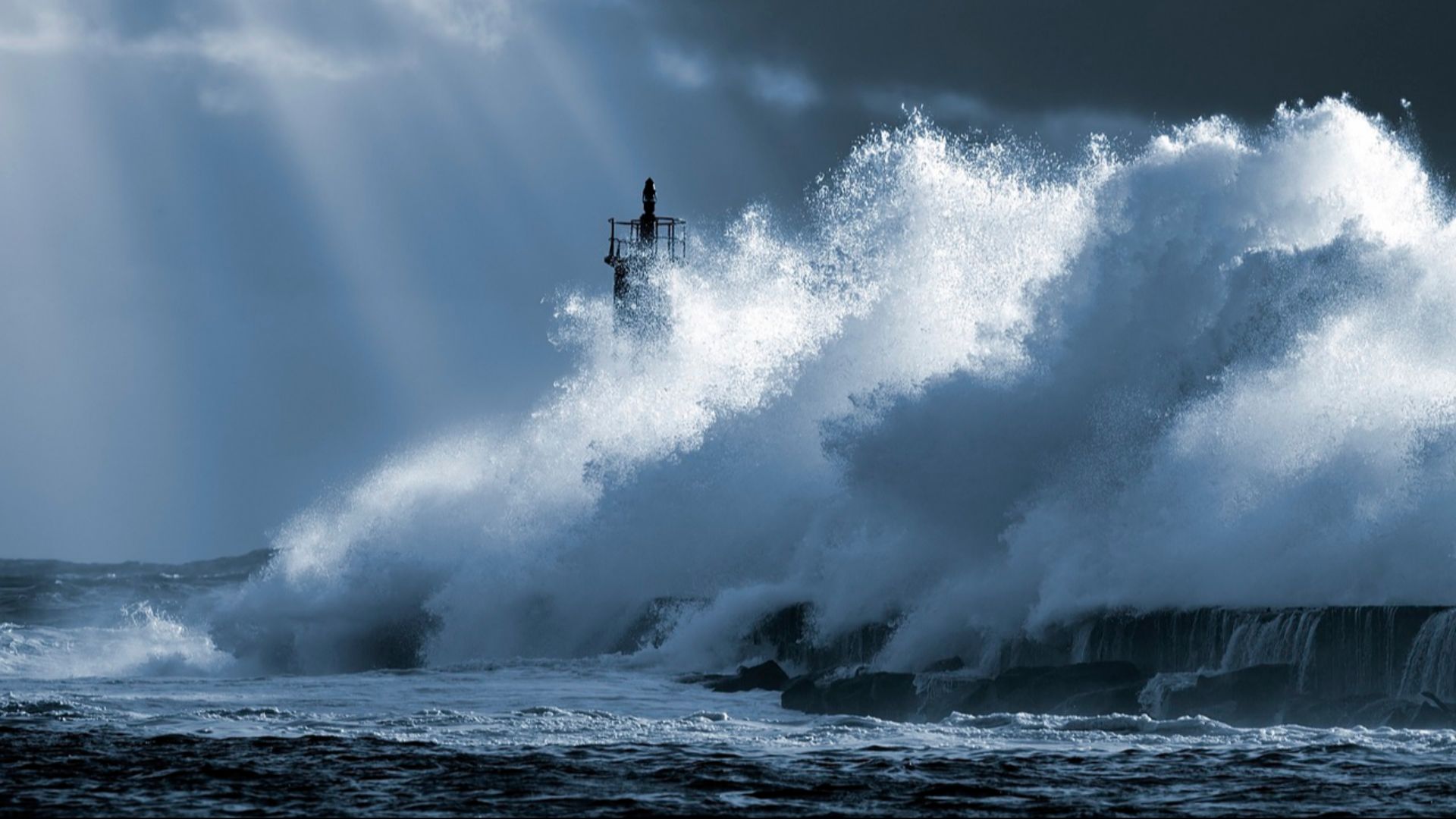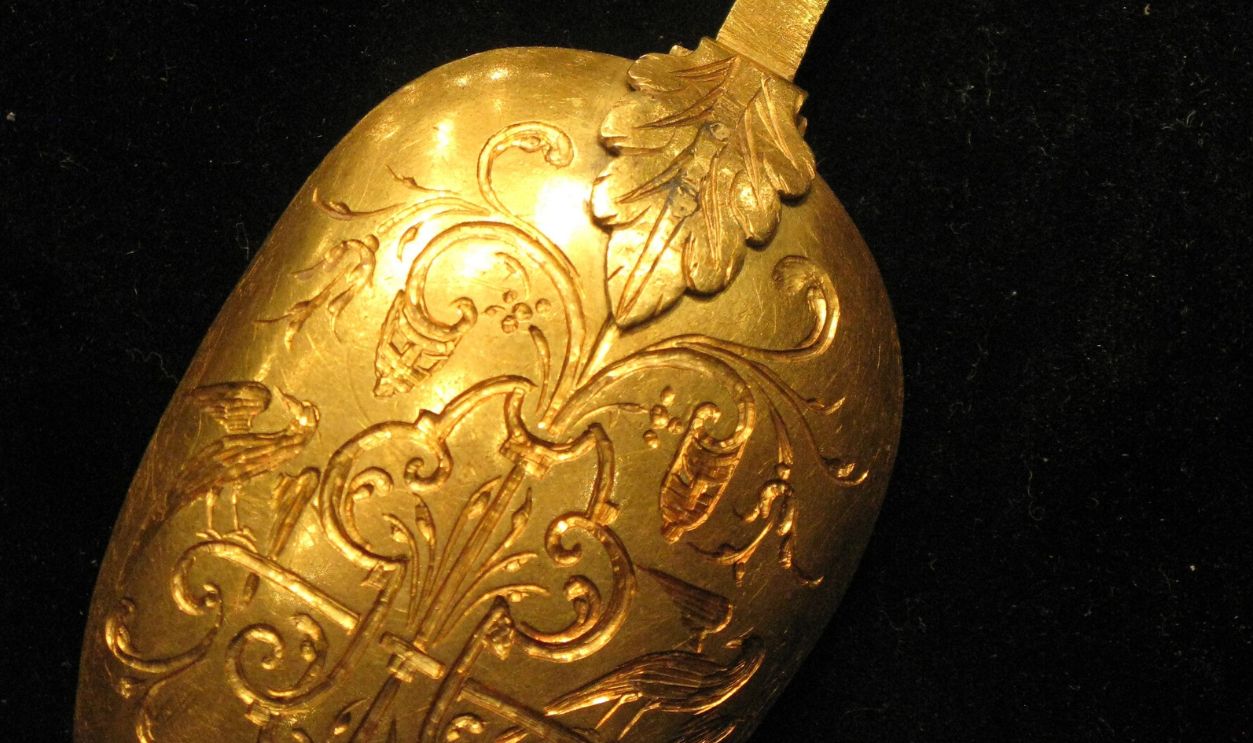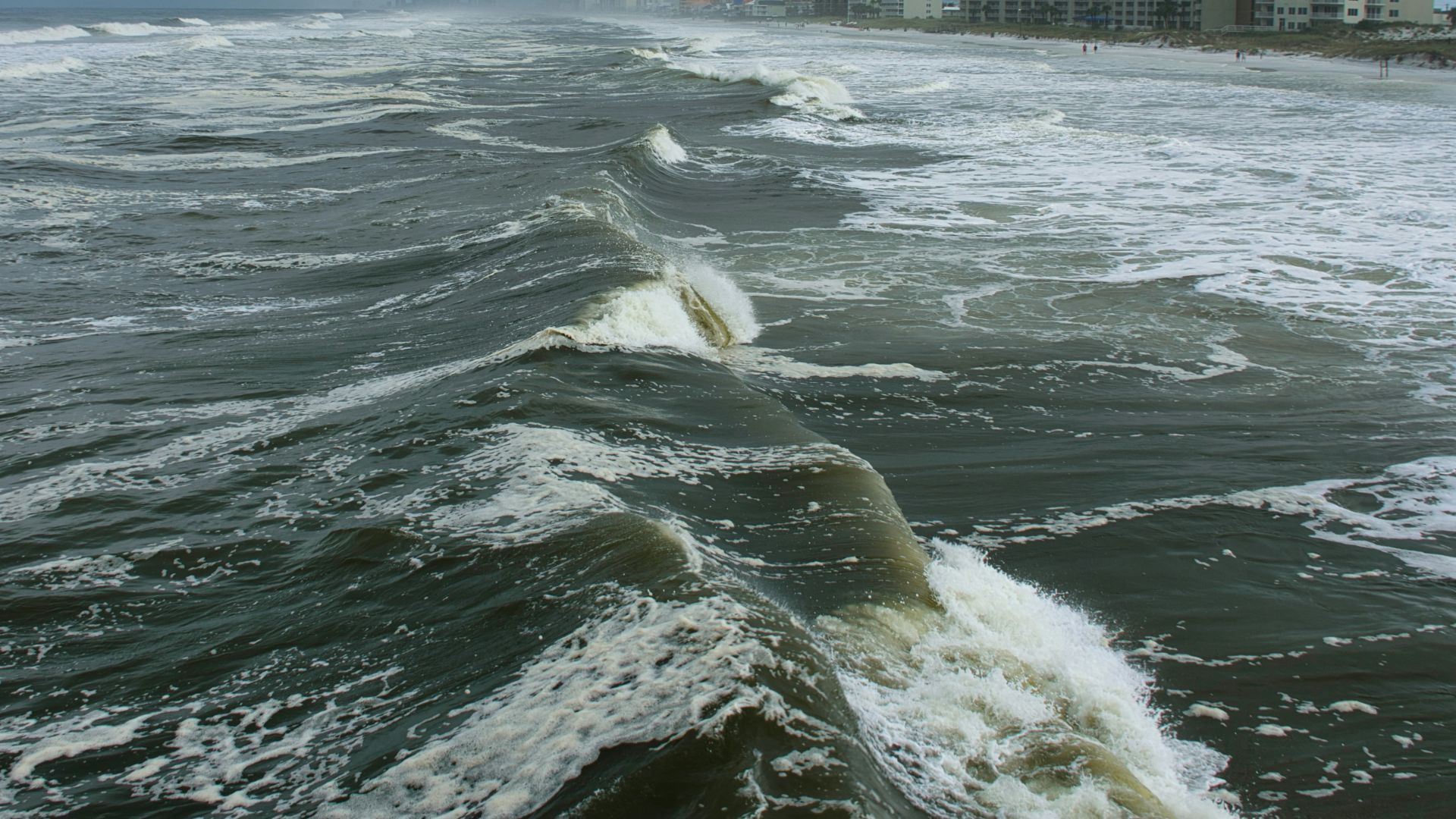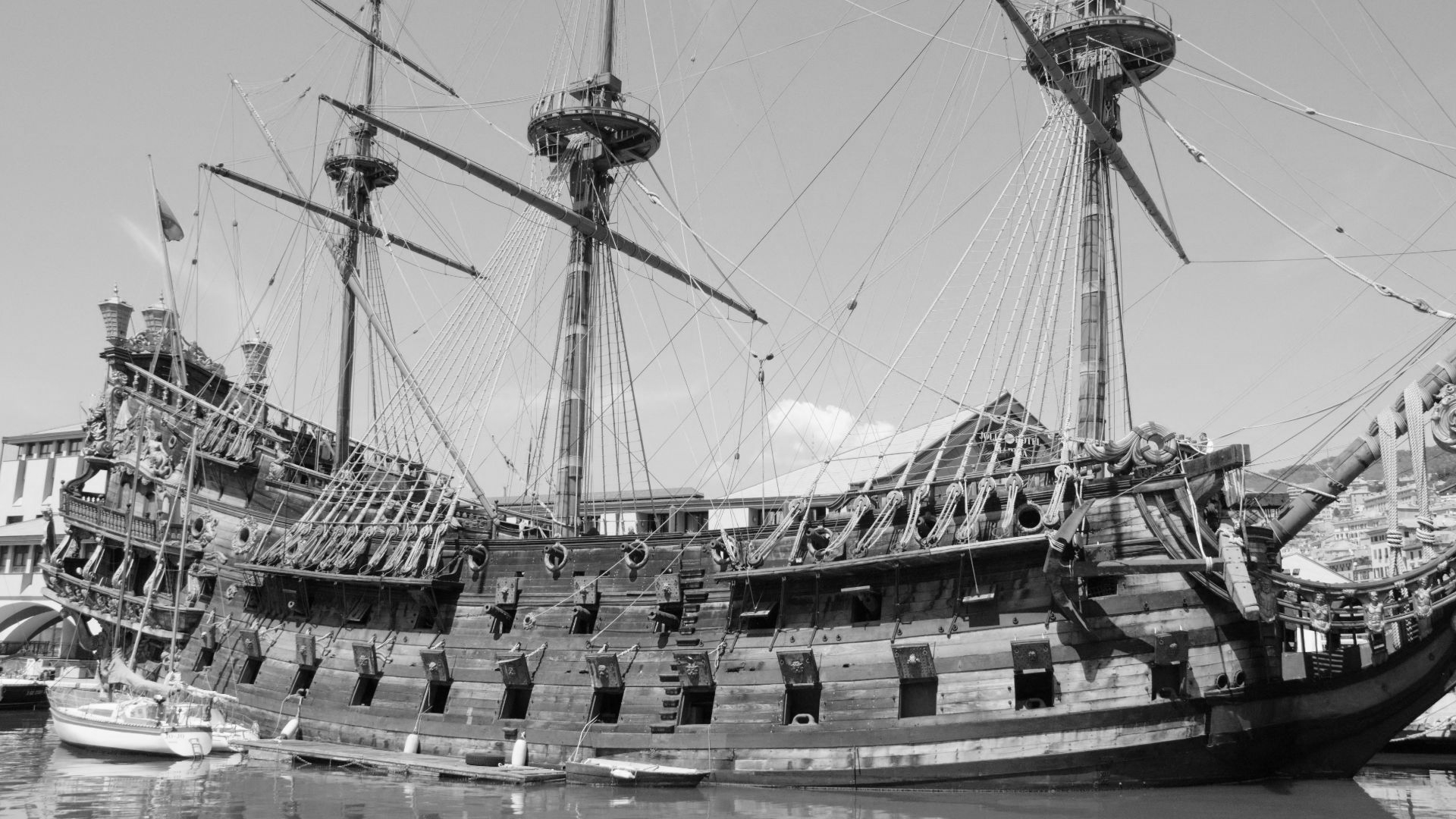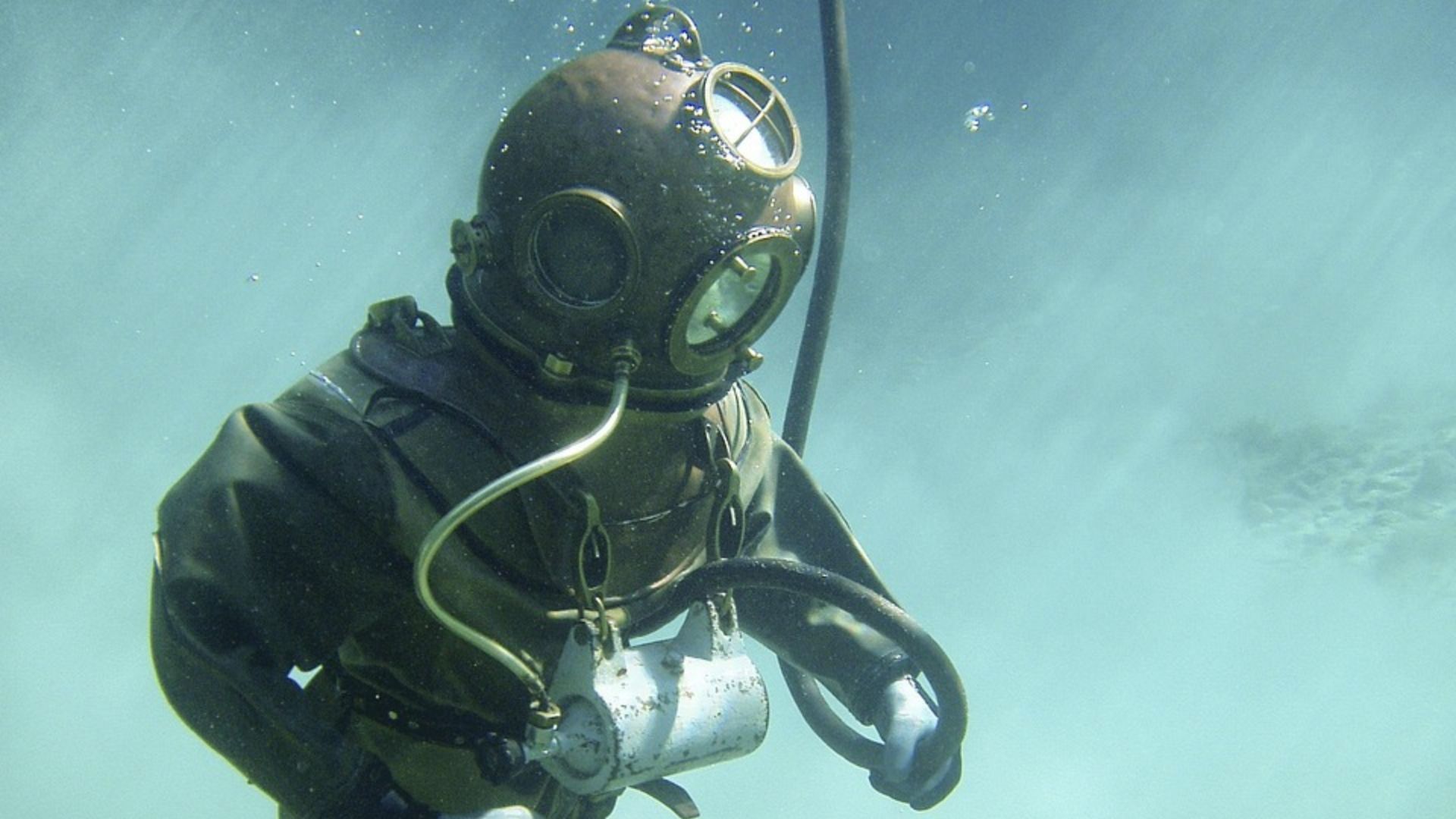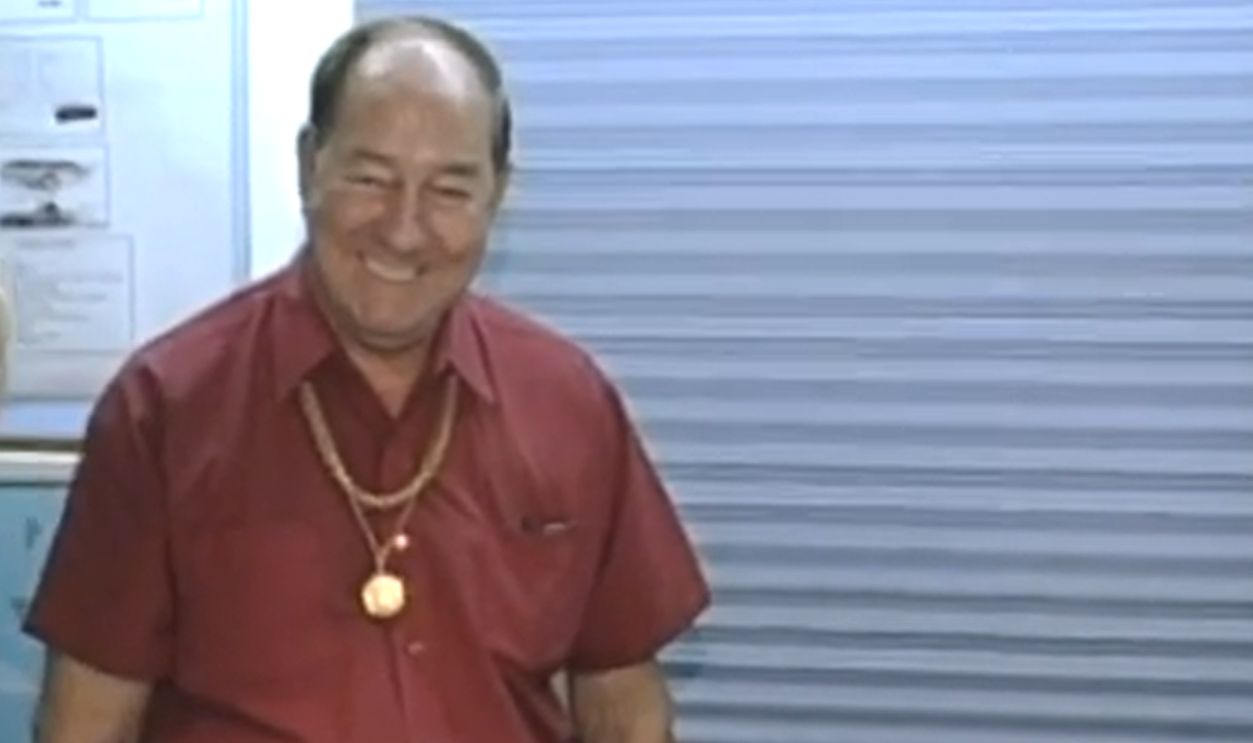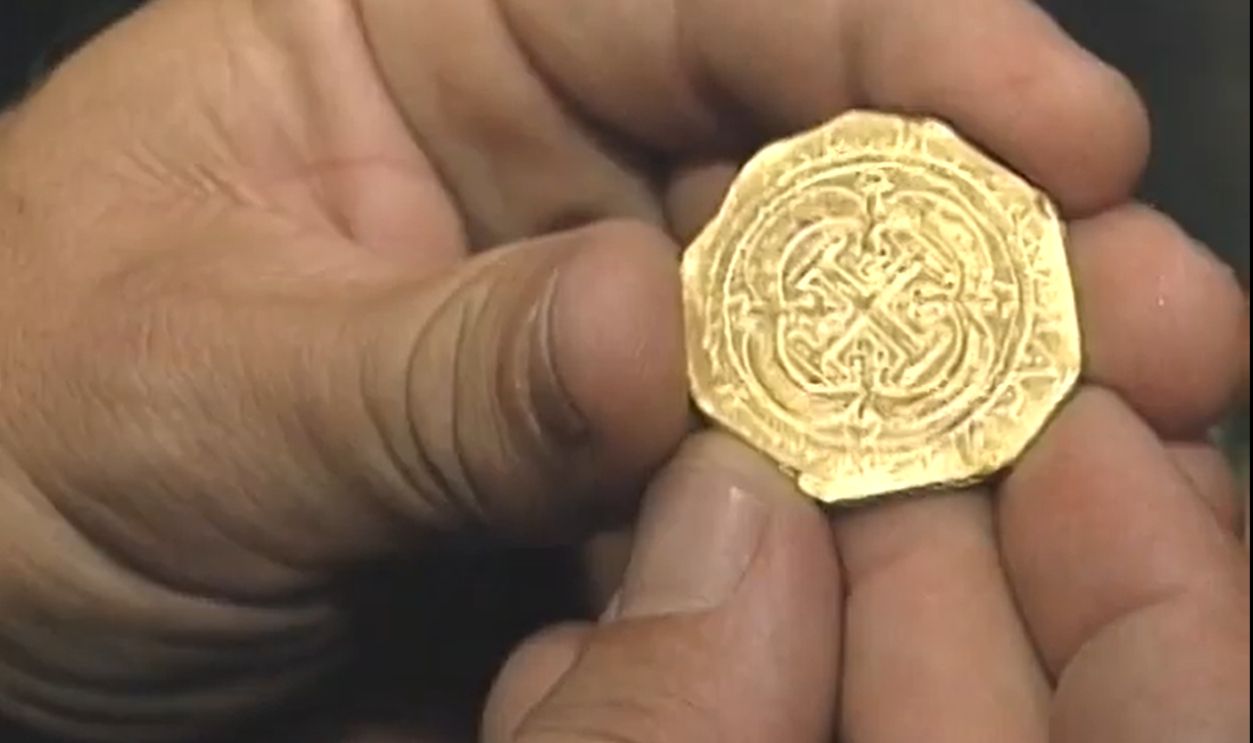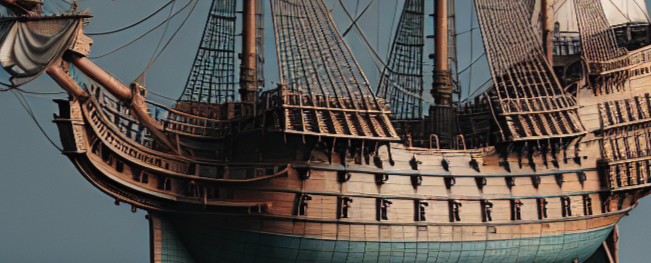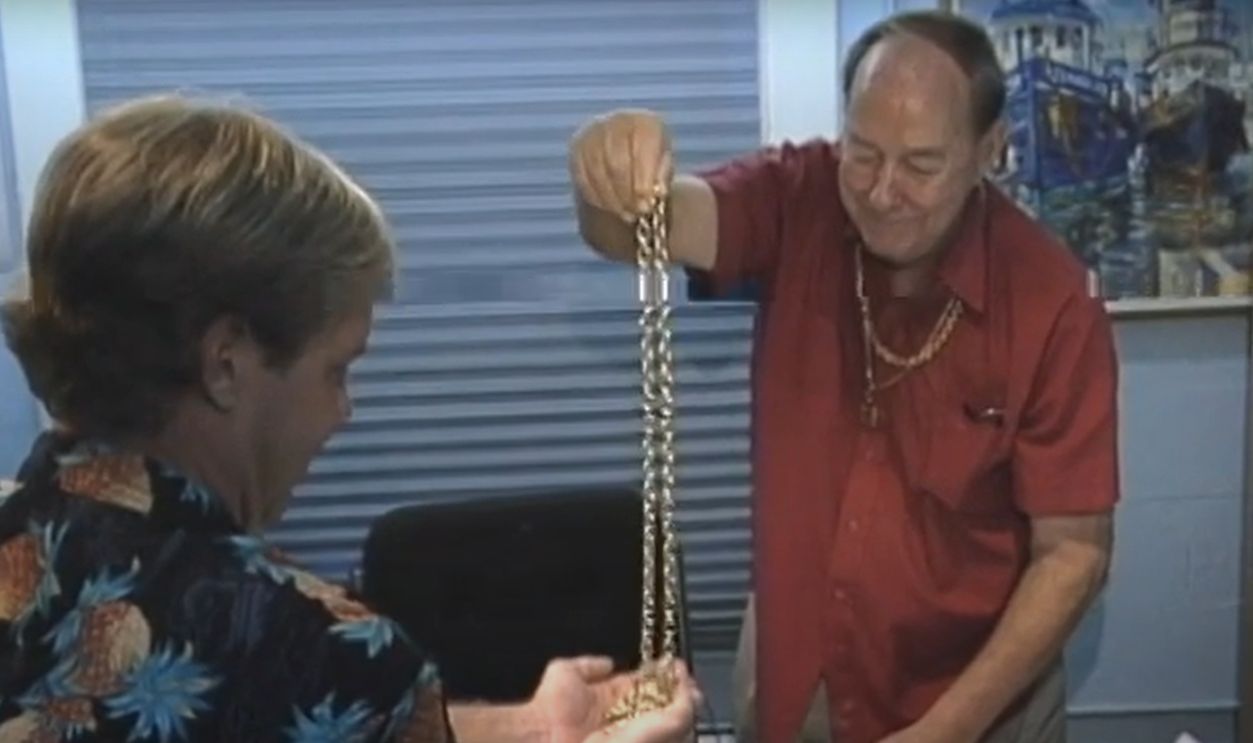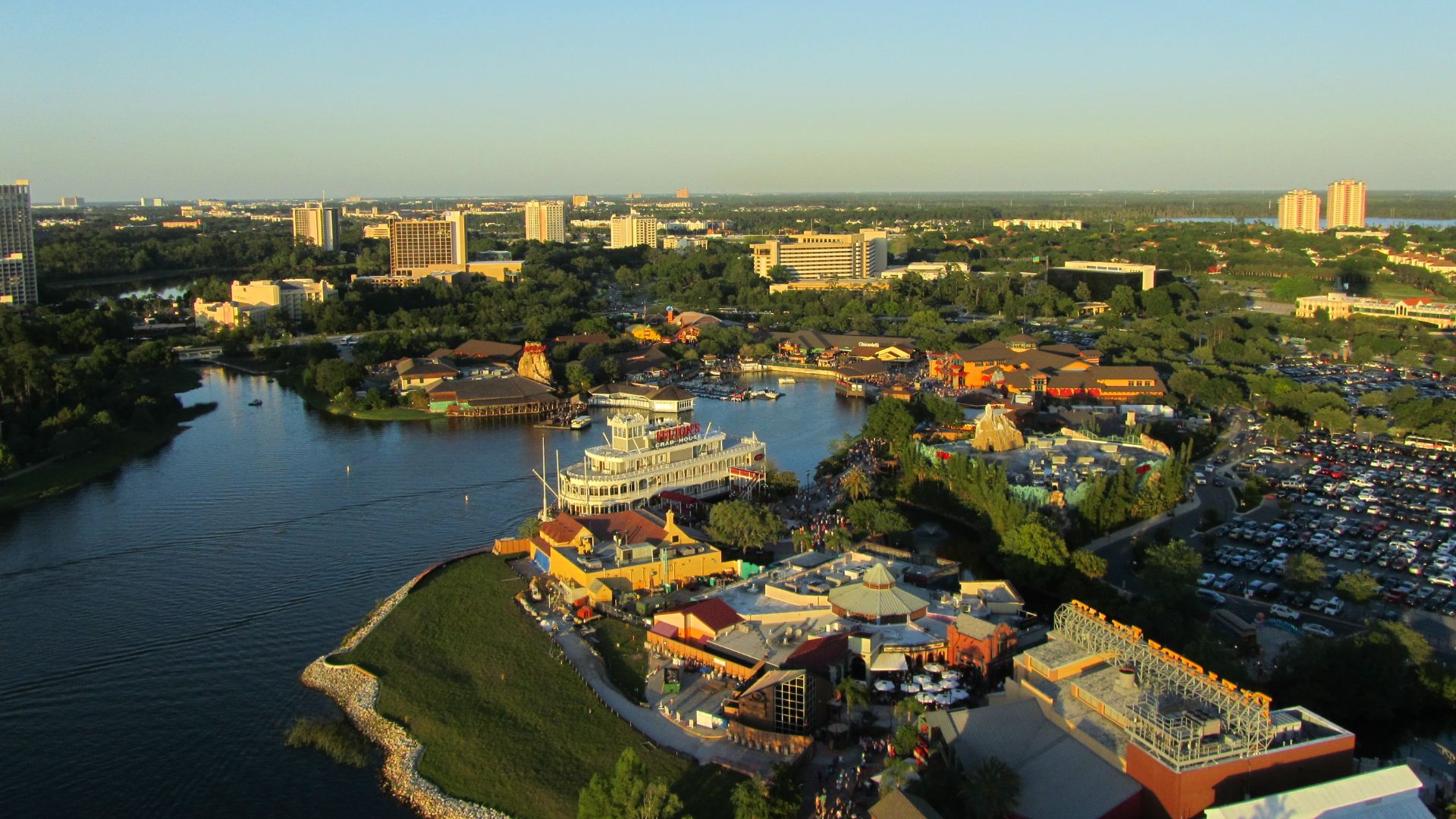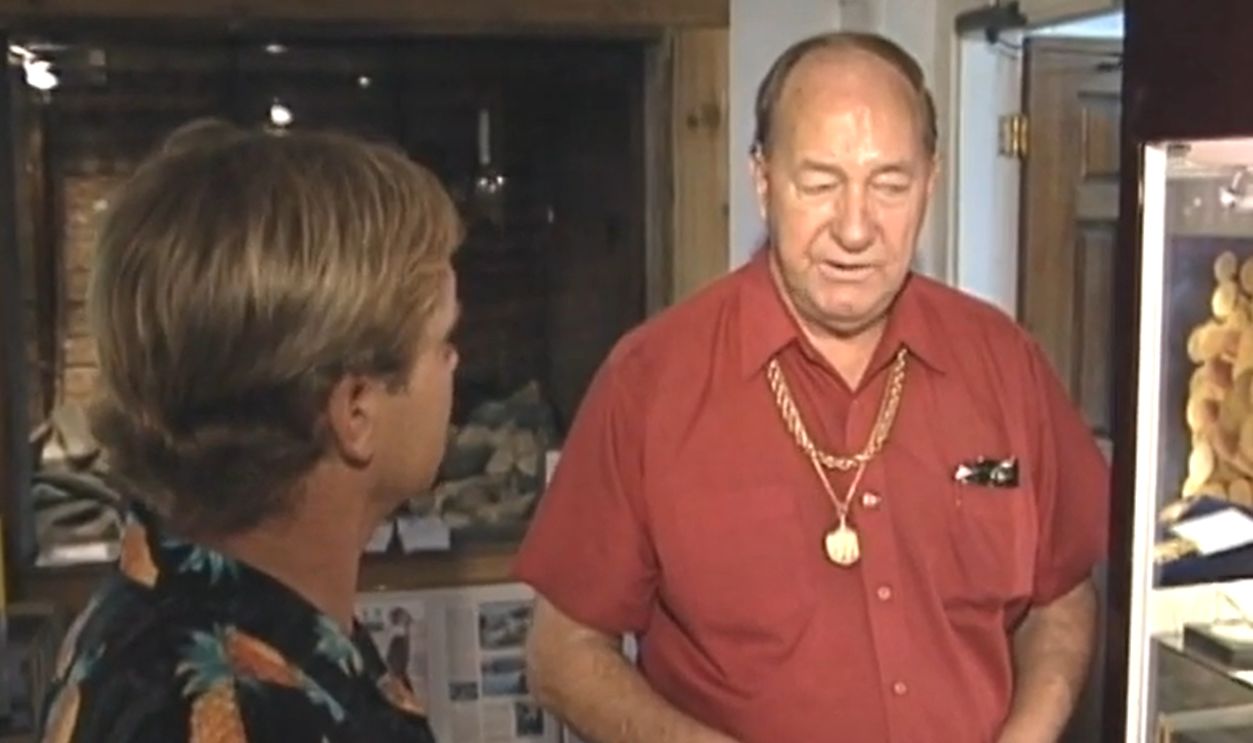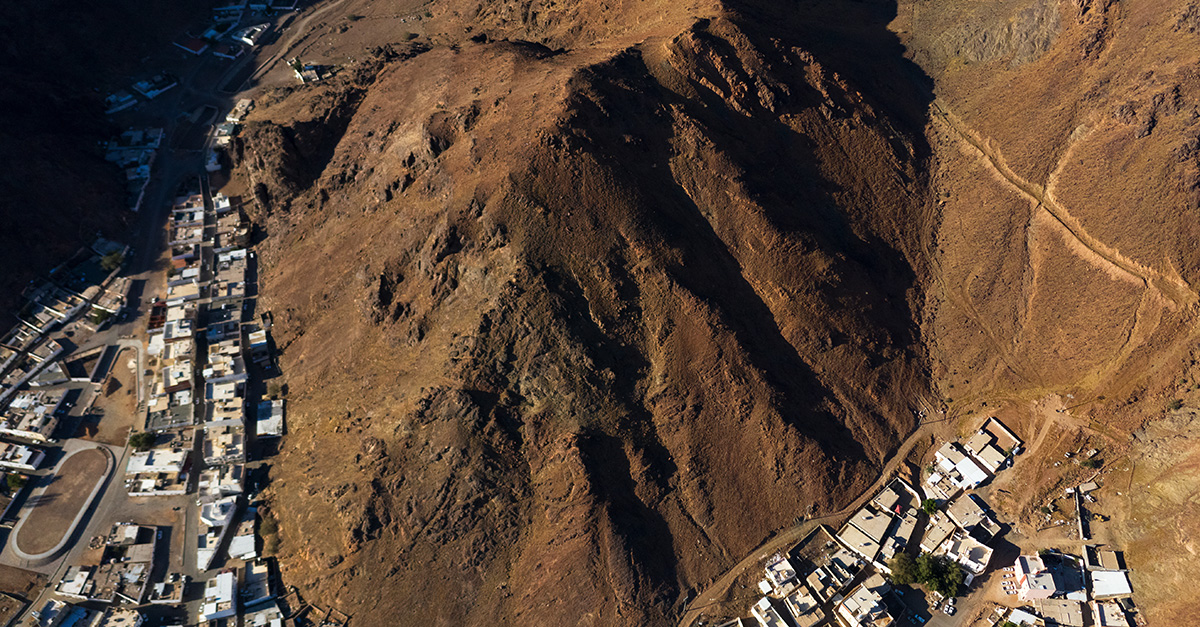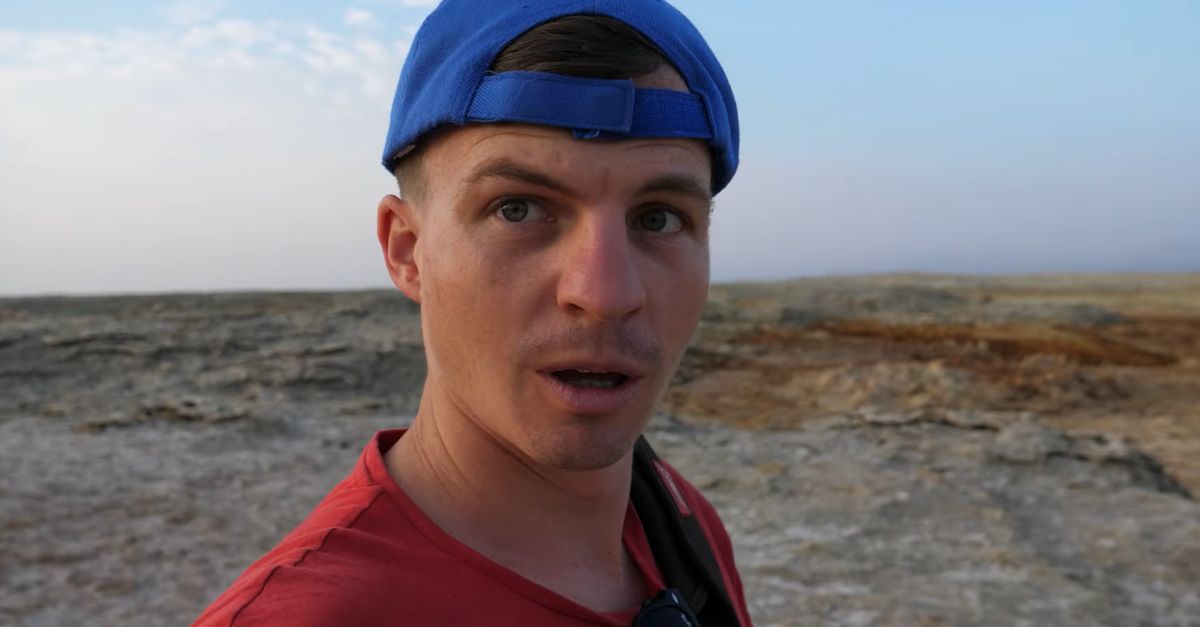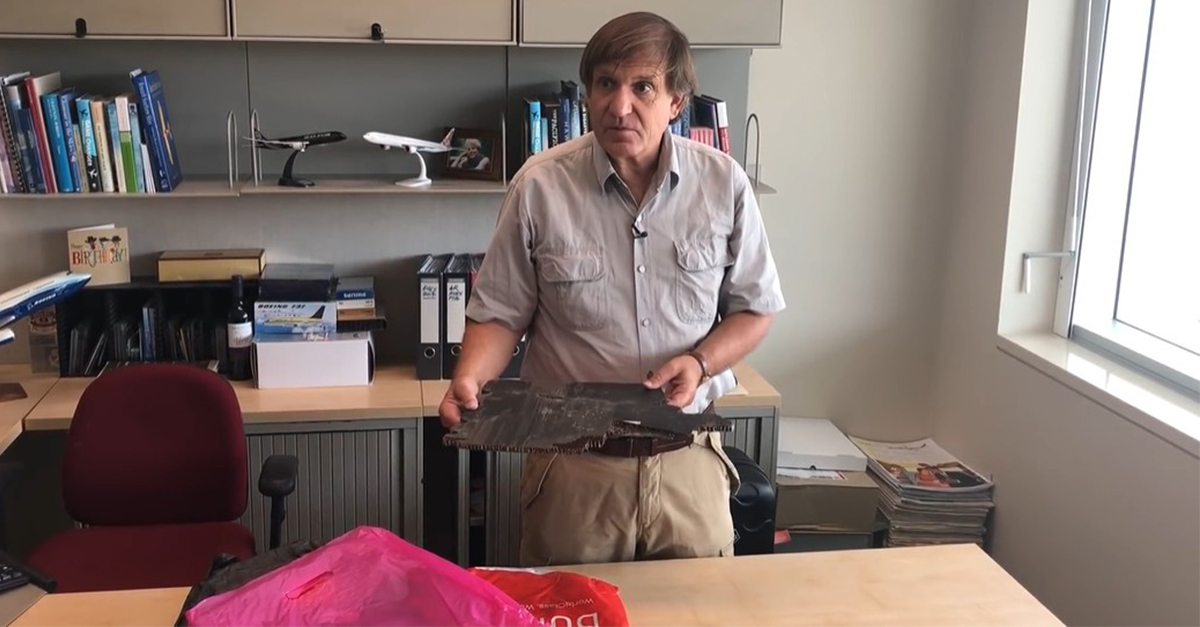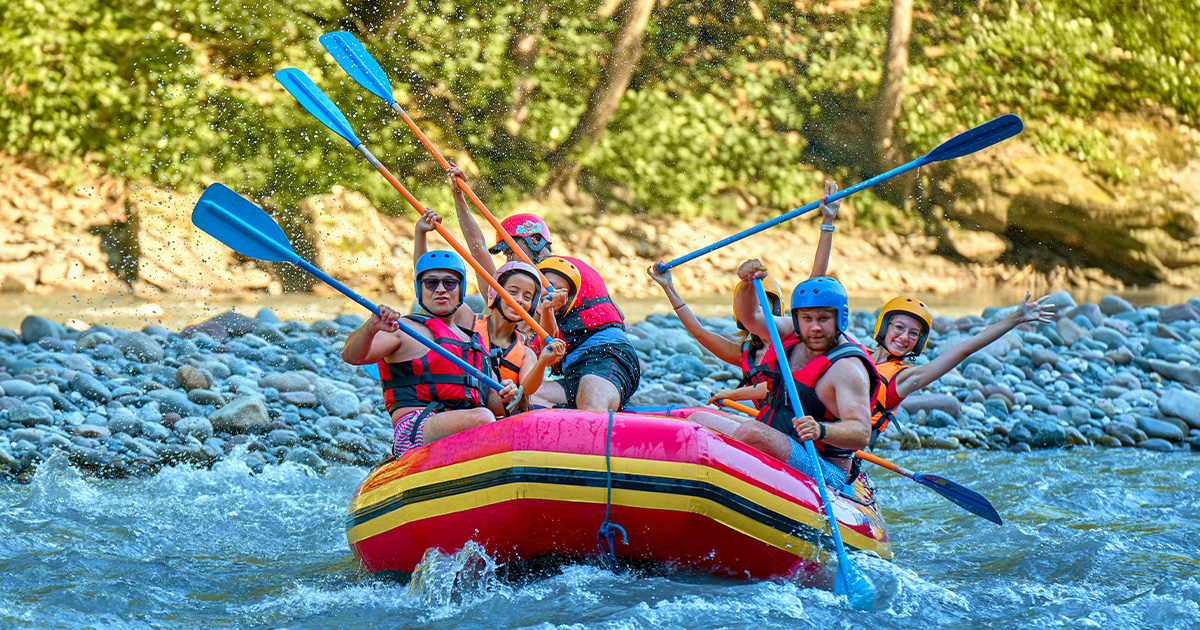Sunken Treasure
The weather off the Florida Keys has claimed many boats over the years. In 1622, it claimed a fleet of Spanish ships including the treasure galleon Nuestra Senora de Atocha. Sunk beneath the waves, the vessel was not seen again for over 300 years.
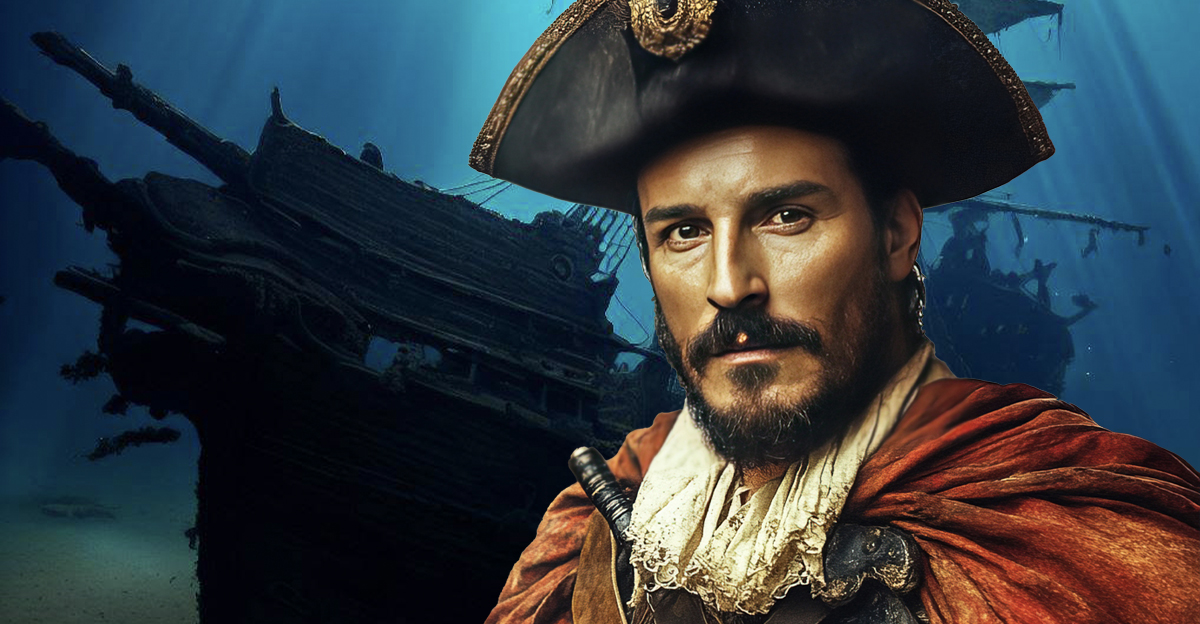
Building The Ship
The Atocha was a large multilevel ship known as a galleon. Made for the Spanish Crown in 1620, she was built in Havana and designed for greatness.
Building The Ship
The Atocha was a mammoth ship. At 550 tons, her overall length was 112 feet. Her beam came in at 34 feet and her draft at 14 feet. She was an exemplary model of Spanish craftsmanship at the time.
Building The Ship
The existing records for the Atocha have been lost. However, she’s expected to have been built to typical measurements of a 17th-century Spanish galleon.
Building The Ship
This means that on top of a square-rigged fore, mainmast, and a lateen-rigged mizzenmast, she likely also had a high stern castle, low waist, and high forecastle. The Atocha was a prize to any fleet.
The Treasure Galleon
The Spanish were famed for their powerful sailing vessels. Among them, the Nuestra Senora de Atocha stood out. Her size and power meant that she served as the Almirante, or rear guard, for any given fleet.
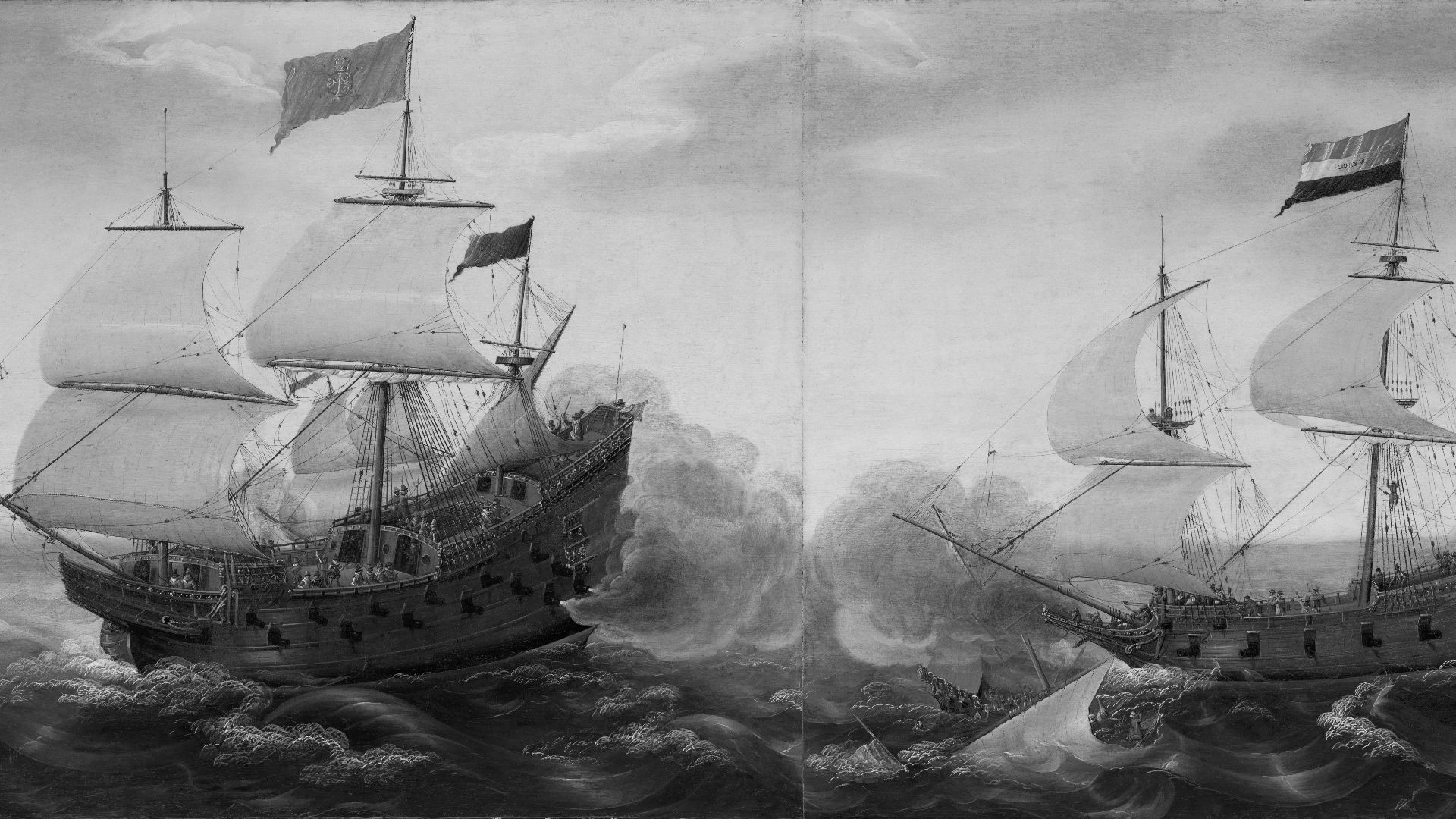 Cornelis Verbeeck, Wikimedia Commons
Cornelis Verbeeck, Wikimedia Commons
The Treasure Galleon
The rear guard was the position that the Atocha held during her fateful final voyage. Laden with treasure that had been collected from the Spanish ports of Cartagena, Porto Bello, and Havana, Spain was eager for the arrival that would never come.
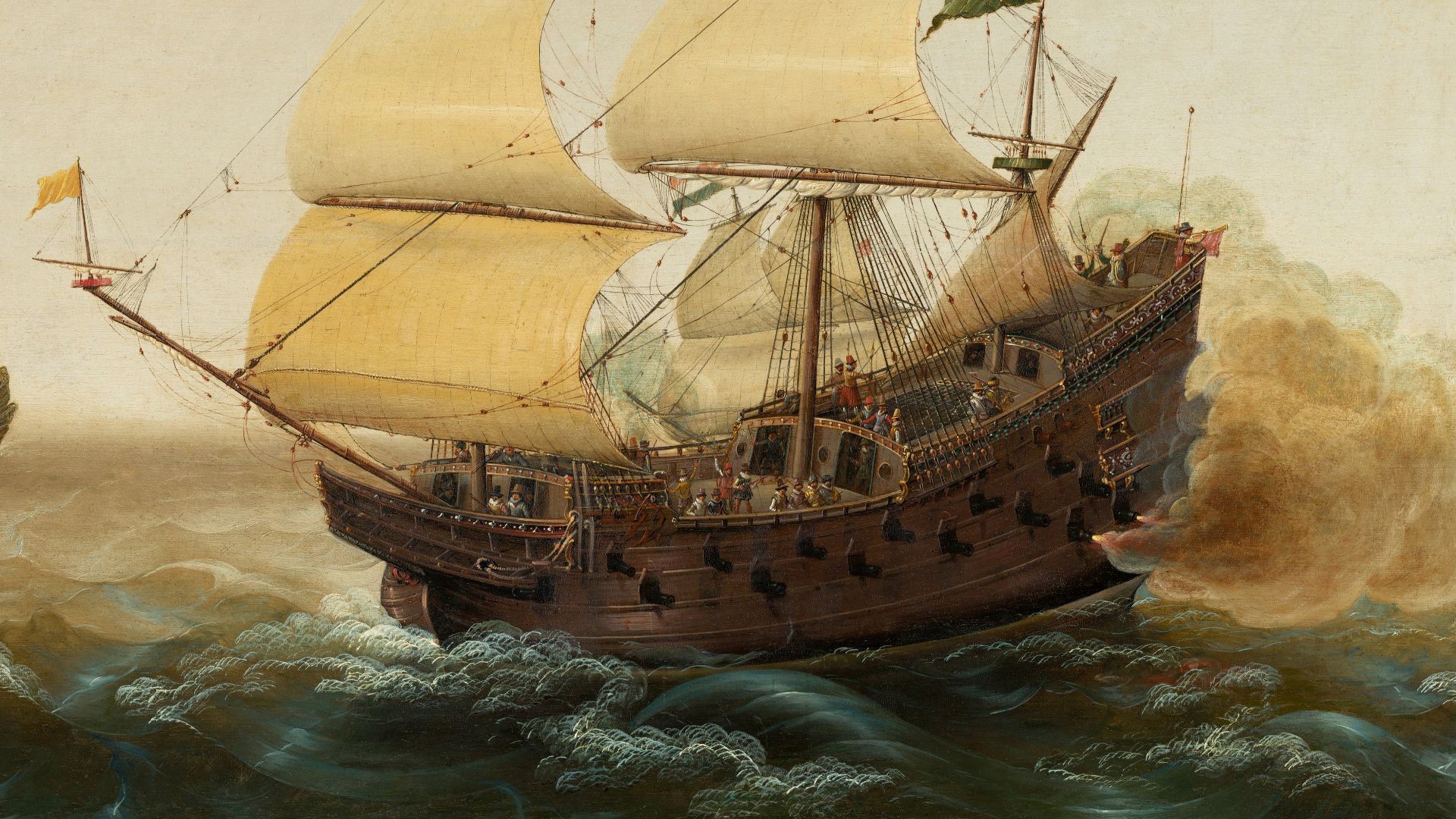 Cornelis Verbeeck, Wikimedia Commons
Cornelis Verbeeck, Wikimedia Commons
Delayed Departure
Tragedy could have been avoided if it weren’t for delays in the Atocha’s departure. Her rendezvous point with the Tierra Firme Fleet was Havana. However, her treasure was so vast that it took two months for it to be recorded and loaded onto the ship.
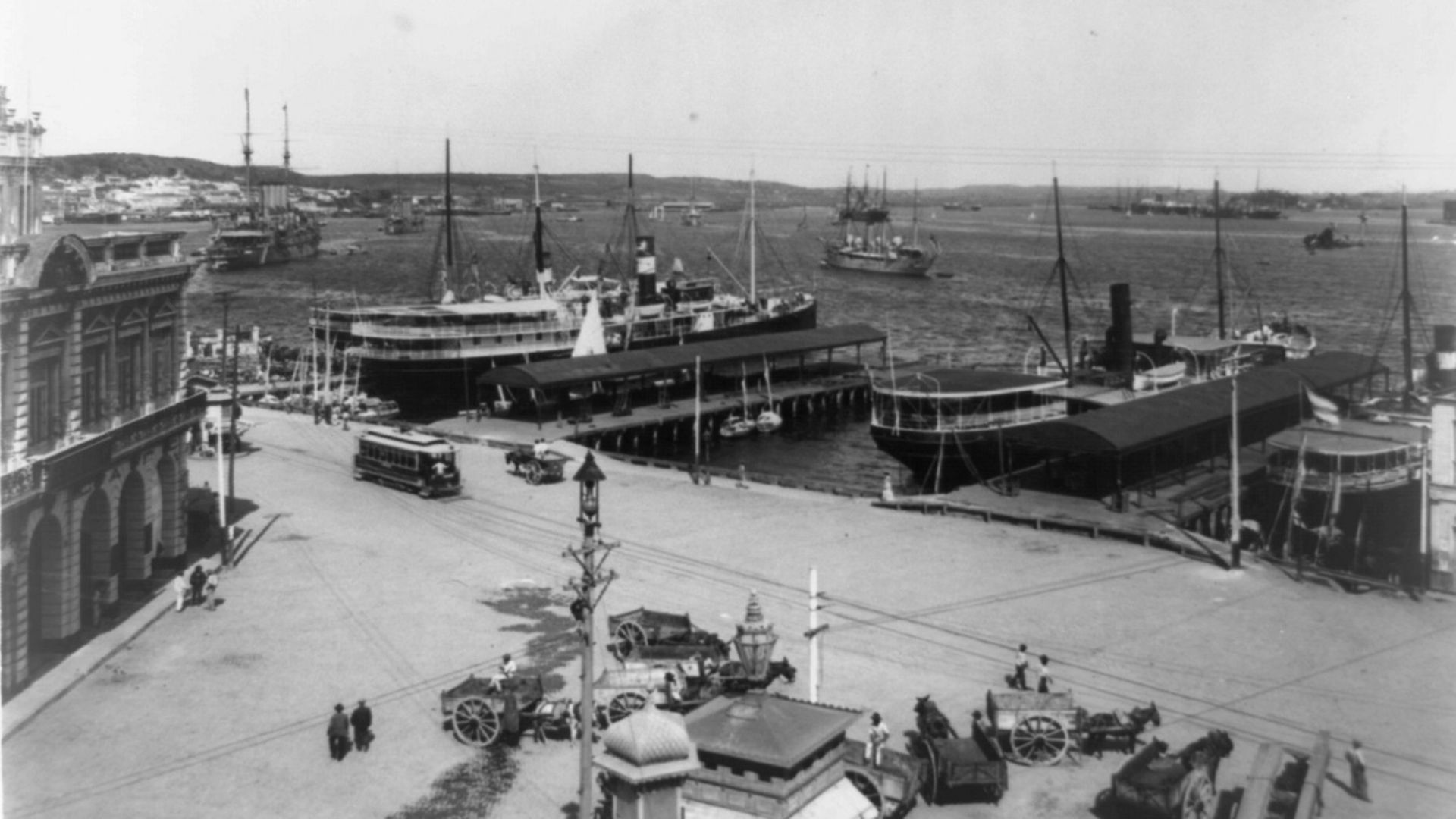 Miscellaneous Items in High Demand, PPOC, Library of Congress, Wikimedia Commons
Miscellaneous Items in High Demand, PPOC, Library of Congress, Wikimedia Commons
Delayed Departure
Once in Havana, the Atocha and her fleet saw even further delays. The Atocha along with her 28-ship convoy did not leave for Spain until September 4, 1633—six weeks after its intended departure.
 AnonymousUnknown author, Wikimedia Commons
AnonymousUnknown author, Wikimedia Commons
The Convoy
The goal of the convoy was to transport South American treasures back to Spain. Each ship was heavy with crew, soldiers, passengers, provisions, and treasures.
The Convoy
On the Atocha alone, there was anywhere from $250—$500 million worth of treasures. This included silver, gold, emeralds, and pearls all collected from various South American locations.
The Convoy
Among the treasures were also more common goods that were just as necessary to the Spanish people. These included tobacco, bronze cannons, and worked silverware. Neither the jewels nor the goods ever made it to Spain.
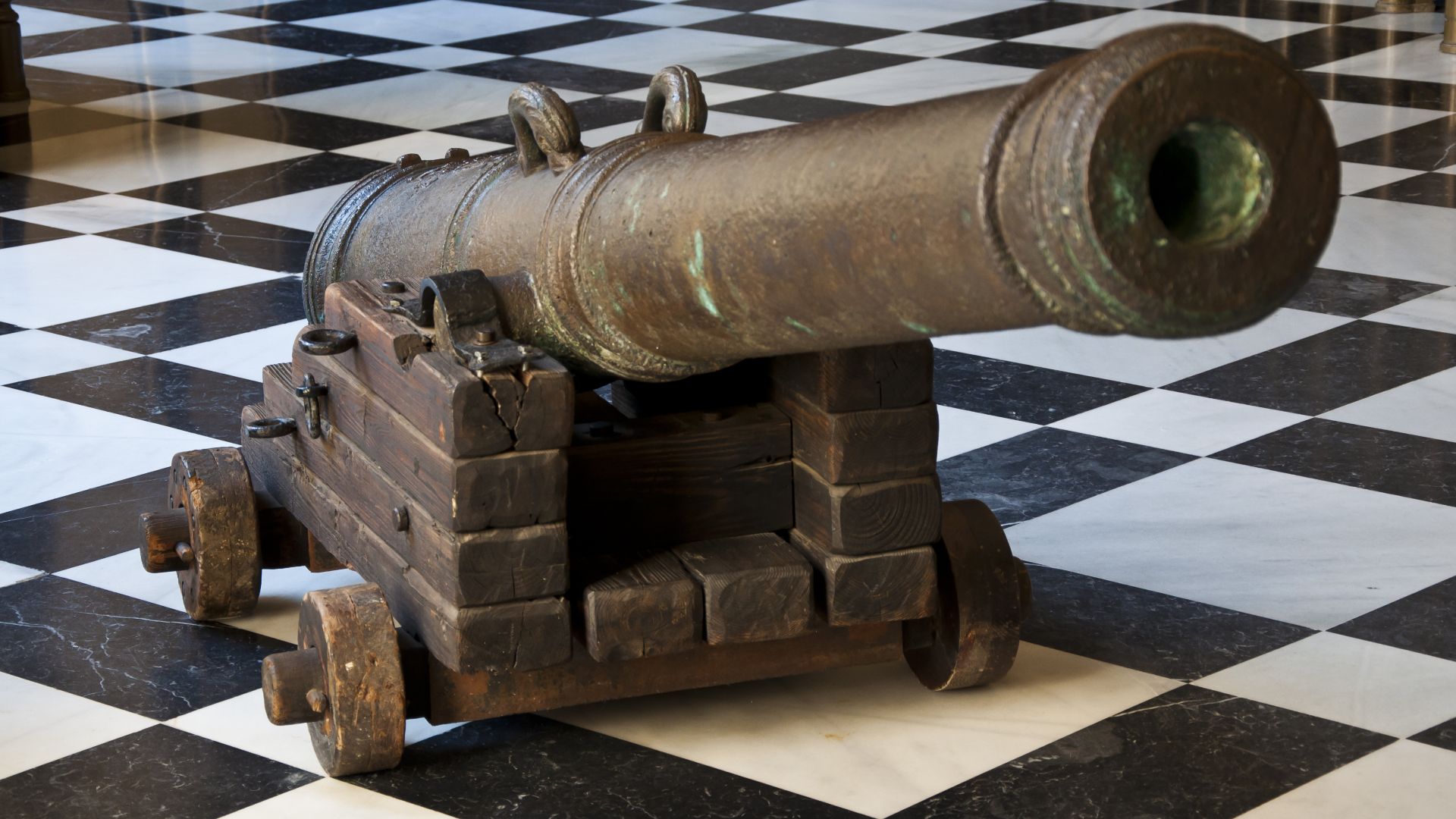 Paul Hermans, Wikimedia Commons
Paul Hermans, Wikimedia Commons
Into The Storm
Anyone living there today can tell you that the waters in the Florida Keys are a dangerous place to be during September. After all, this is the peak of hurricane season and that’s exactly the trouble the Atocha found.
Into The Storm
The fleet was only two days out from Havana when they became trapped in a hurricane in the Florida Straits. By the morning of September 6, eight of the 28-ship convoy’s ships laid strewn across the ocean from Marquesas Key to Dry Tortugas.
 Dominic Sherony, Wikimedia Commons
Dominic Sherony, Wikimedia Commons
Into The Storm
The Nuestra Senora de Atocha had 265 people aboard her between crew and passengers. By the time the storm was done, only three sailors and two slaves remained. They survived by clinging to the mizzenmast.
Into The Storm
Among those lost was Bartolome Garcia de Nodal. Nodal was a known Spanish explorer who’d navigated the Straits of Magellan surrounding Cape Horn about five years earlier. These losses don’t factor in the loss of treasure.
 Juan de Courbes-Biblioteca Nacional de Espana, Wikimedia Commons
Juan de Courbes-Biblioteca Nacional de Espana, Wikimedia Commons
Into The Storm
None of the treasure from the Atocha was salvageable. It all sunk to the bottom of the ocean. The Atocha sunk about 140 km from Havana; it had barely left the port before disaster struck.
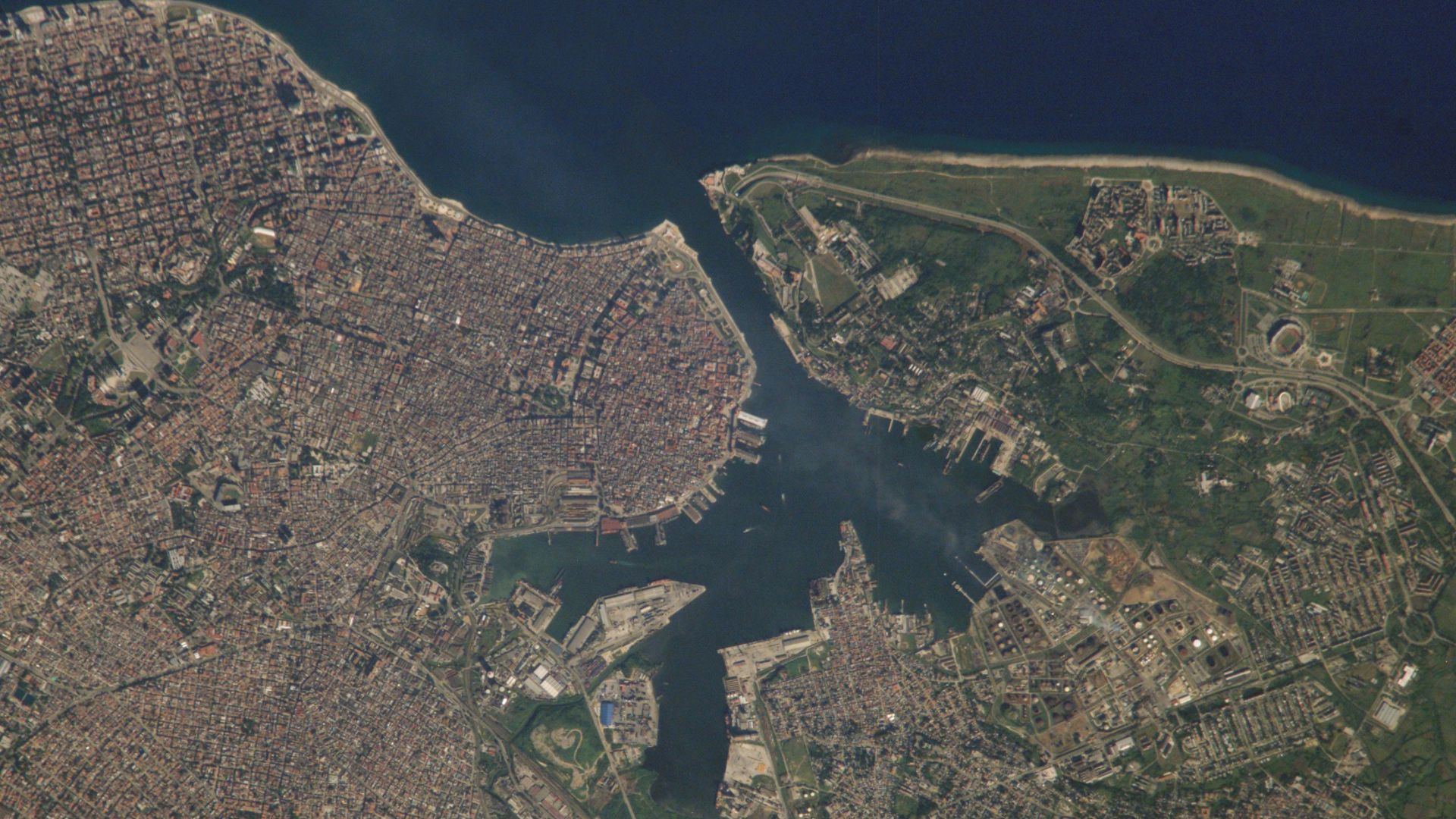 U.S. Government, NASA - Upload User:Shaka, Wikimedia Commons
U.S. Government, NASA - Upload User:Shaka, Wikimedia Commons
Salvaging The Wreckage
The surviving ships could not mourn this tragedy. They had their treasures and people to return home. They also needed to report the loss to Spain. Perhaps something could be salvaged.
Salvaging The Wreckage
Instead of carrying on to Spain, the surviving boats sent news of the sinking back to Havana where Spanish authorities quickly organized a salvage mission for the lost treasure. It was so close to home; surely, they could retrieve it.
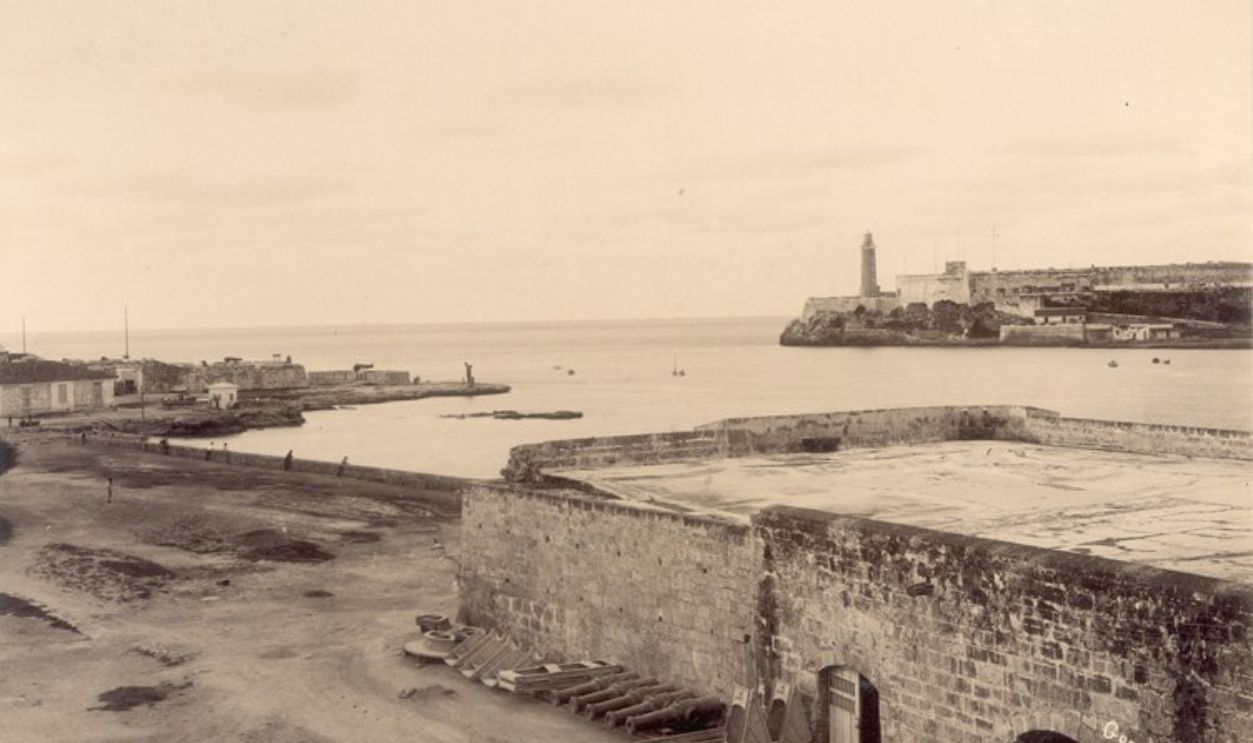 Jose Gomez de la Carrera, CC BY 4.0, Wikimedia Commons
Jose Gomez de la Carrera, CC BY 4.0, Wikimedia Commons
Salvaging The Wreckage
They sent five ships to attempt to salvage the wreckage of both the Atocha and its fellow ship, Santa Margarita. The ship sunk in 56 ft of water making it tricky for divers of that period to salvage the cargo or guns from the ship.
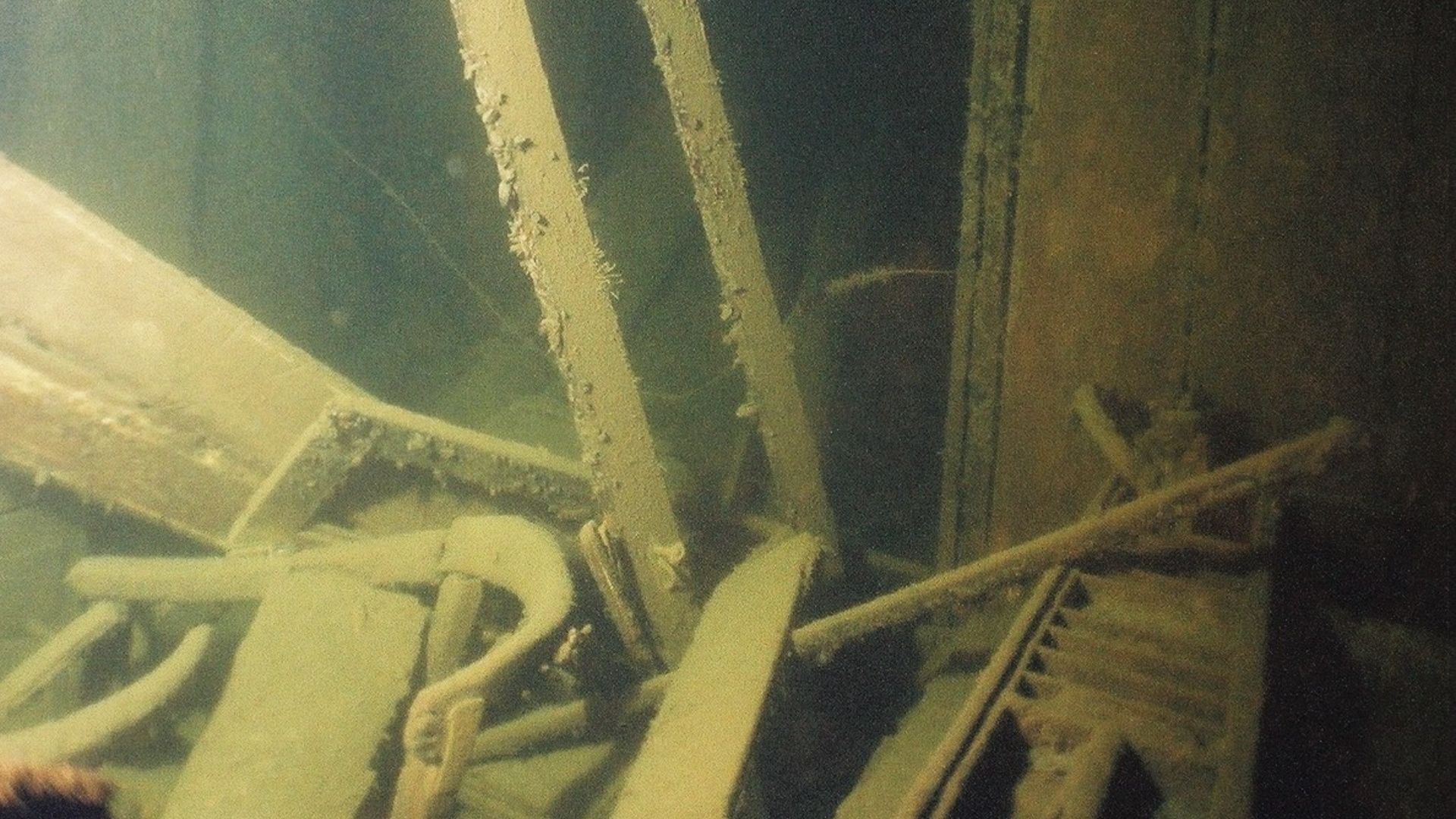 Peeprada at English Wikipedia, Wikimedia Commons
Peeprada at English Wikipedia, Wikimedia Commons
Salvaging The Wreckage
To make matters worse, Mother Nature wasn’t done with the area. A few weeks later, on October 5, another hurricane swept through. This pushed the wreckage about, scattering what remained further apart.
Years Of Effort
Despite the difficulties, the Spanish did not give up their efforts. Afterall, with the help of enslaved people there was little risk of loss to them specifically. The treasure was more valuable than these specific lives.
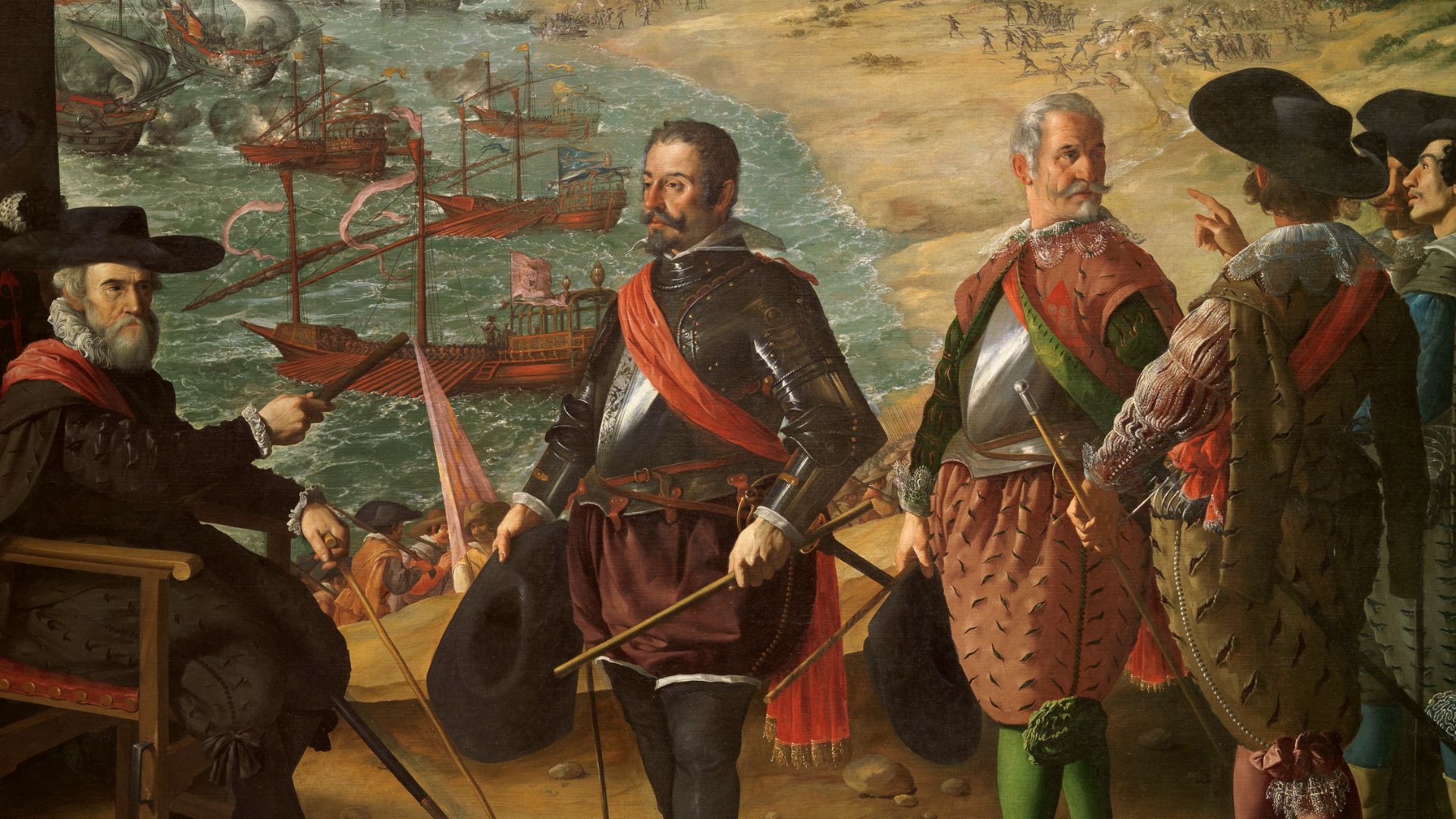 Francisco de Zurbarán, Wikimedia Commons
Francisco de Zurbarán, Wikimedia Commons
Years Of Effort
The method of retrieval was quite rudimentary and very risky. Using a large brass diving bell with one glass window, someone (always an enslaved person) would be sent to the bottom of the ocean. That was only half the job.
 Unknown Author, Wikimedia Commons
Unknown Author, Wikimedia Commons
Years Of Effort
Once they were at the bottom of the ocean, the person would then have to retrieve the item and then return to the surface to be hauled up by men on deck. The process was extremely dangerous.
 montereydiver, CC BY 2.0, Wikimedia Commons
montereydiver, CC BY 2.0, Wikimedia Commons
Years Of Effort
It was a lethal job to be sent down to the bottom of the ocean with only rudimentary science at your side. So many people perished during this process that the lost enslaved people were recorded as business expenses for captains of salvage ships.
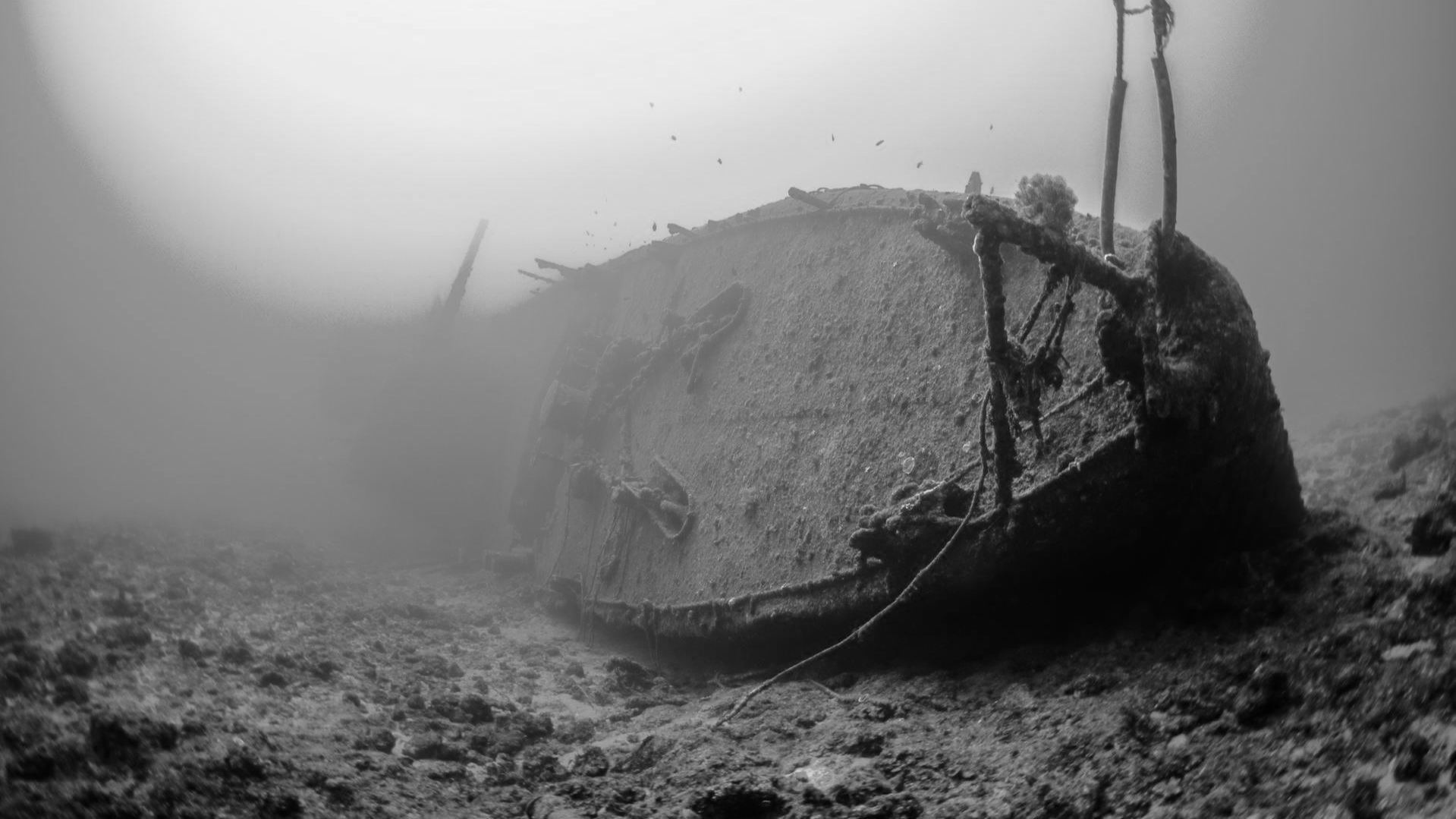 Okinawa Diving School World Diving, Pexels
Okinawa Diving School World Diving, Pexels
Years Of Effort
They continued this salvage mission for the Atocha and the Santa Margarita for several years. They managed to recover half of the Santa Margarita’s treasure. However, the Atocha remained out of their reach.
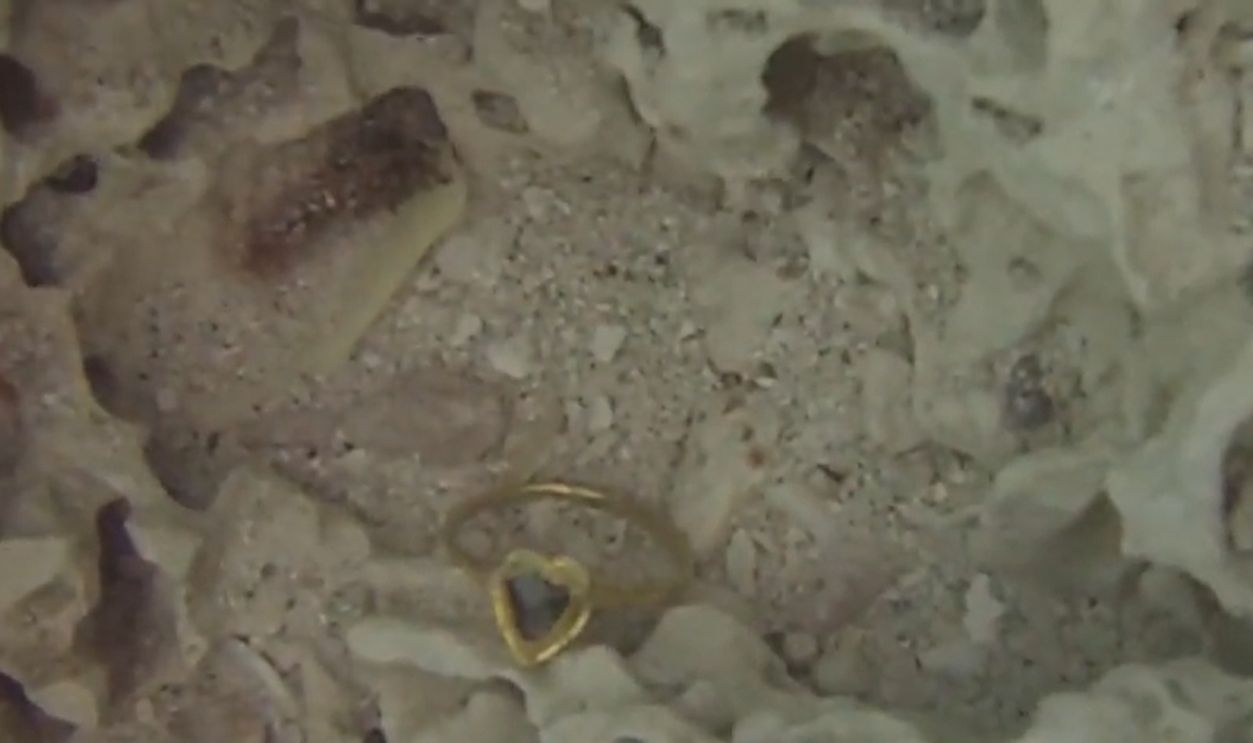 Heart shaped ring found on the Santa Margarita Site, Mel Fishers Treasures
Heart shaped ring found on the Santa Margarita Site, Mel Fishers Treasures
Treasure Lost
It is no wonder they spent so much time searching and salvaging from these ships. Spanish commercial interests had been banking on that treasure and the loss of it was a huge blow to their coffers.
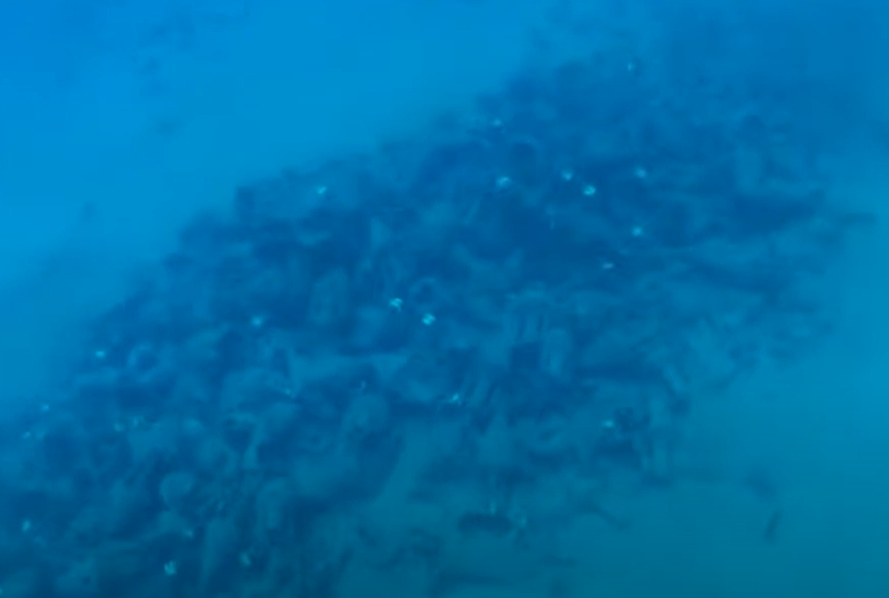 Explorer Classroom | Underwater Archaeology with Lisa Briggs, National Geographic Education
Explorer Classroom | Underwater Archaeology with Lisa Briggs, National Geographic Education
Treasure Lost
In order to cover the costs of the loss, which had been intended to help with their ongoing involvement in the Thirty Years’ War, Spain had to borrow money. They also sold several galleons to make up for the missing cost.
Treasure Lost
They spent a decade salvaging the Santa Margarita; they continued looking for the Atocha for 60 years, yet they never found her. It took 300 years before anyone saw the Atocha again.
The Modern Search
The search for the Nuestra Senora de Atocha started again in 1969. This time, it was taken up by a group of American treasure hunters, Mel Fisher, Finley Ricard, and a team of subcontractors.
The Modern Search
Fisher and Ricard got their funding from a variety of investors. It became a joint venture under the organizational title of Treasure Salvors Inc. With their money and funds, they began searching the seabed for evidence of the Atocha.
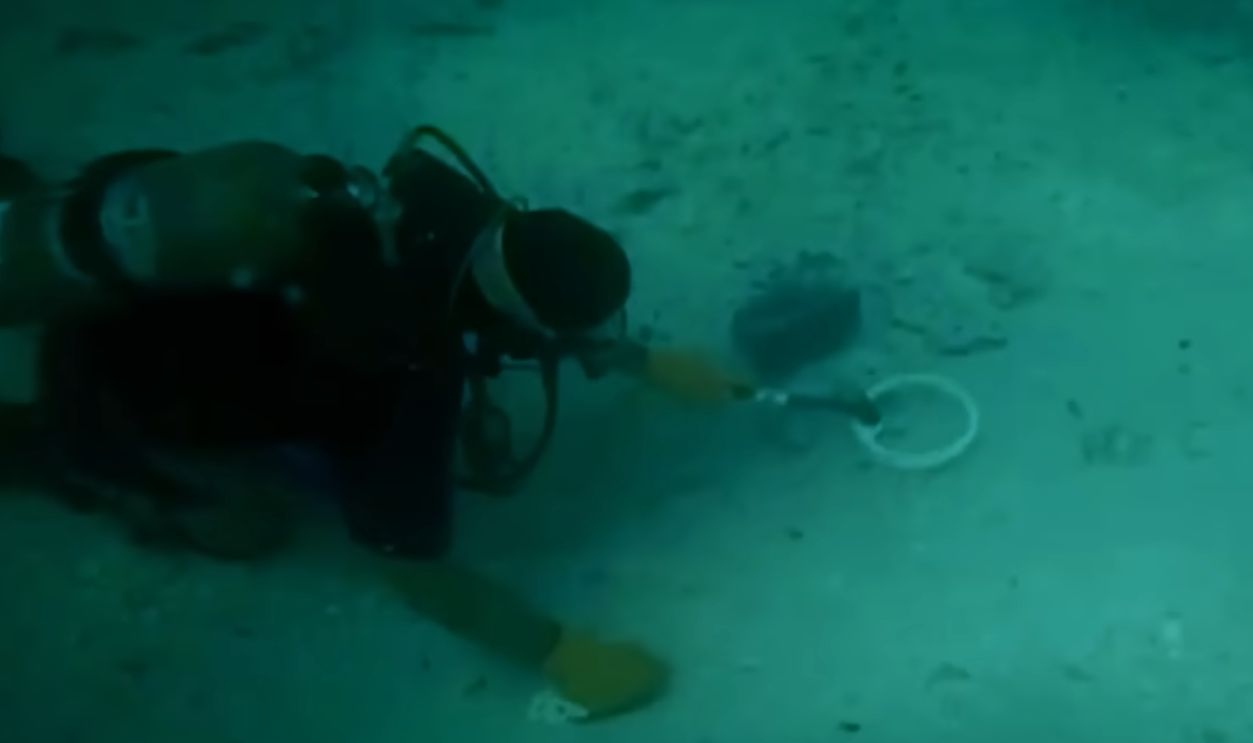 The Great 17 Year Hunt For The Lady Of Atocha's $400m Treasure, Real History
The Great 17 Year Hunt For The Lady Of Atocha's $400m Treasure, Real History
The Modern Search
They found early success. In 1970, Fisher recovered portions of the Santa Margarita. However, that was a small victory as even the Spanish in the 1600s had managed to recover much of the Santa Margarita.
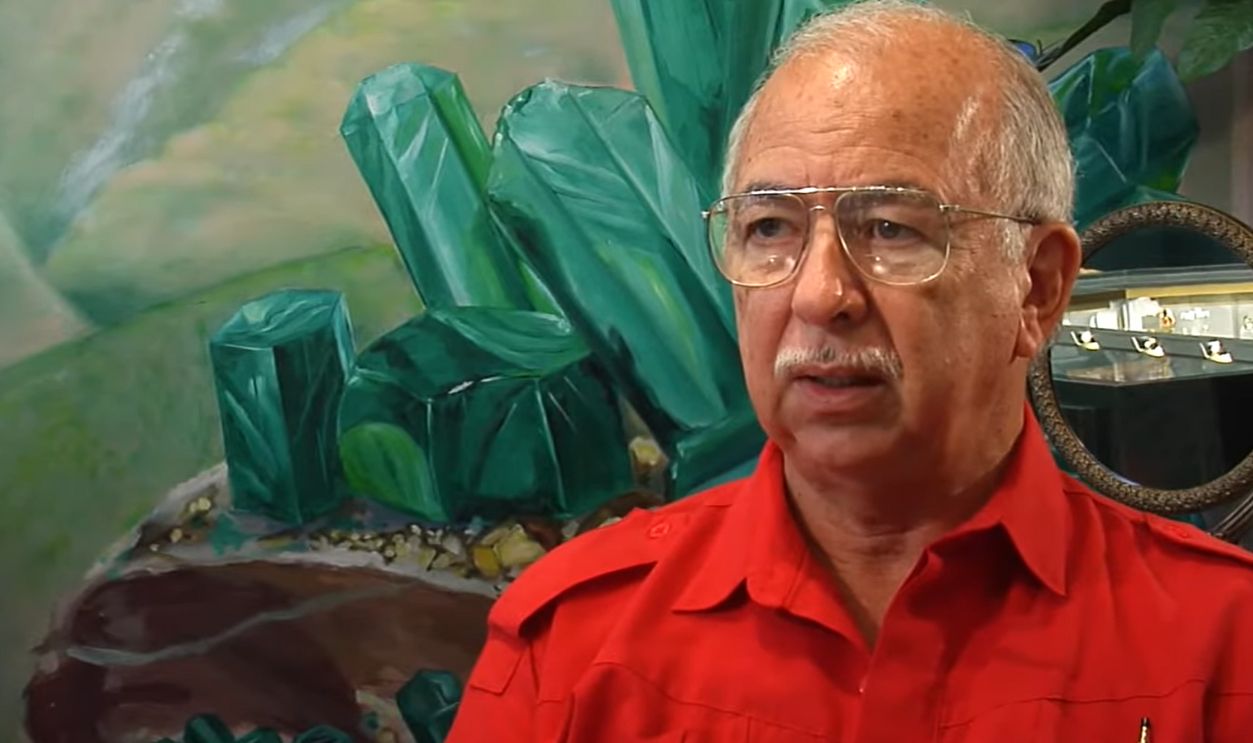 Why are Atocha Emeralds so valuable?, Mel Fishers Treasures
Why are Atocha Emeralds so valuable?, Mel Fishers Treasures
The Modern Search
Fisher and Ricard struggled to gain help. Although they reached out to potential divers, many turned the offer down due to the fact that the job, which was very dangerous, would pay minimum wage unless they found the ship.
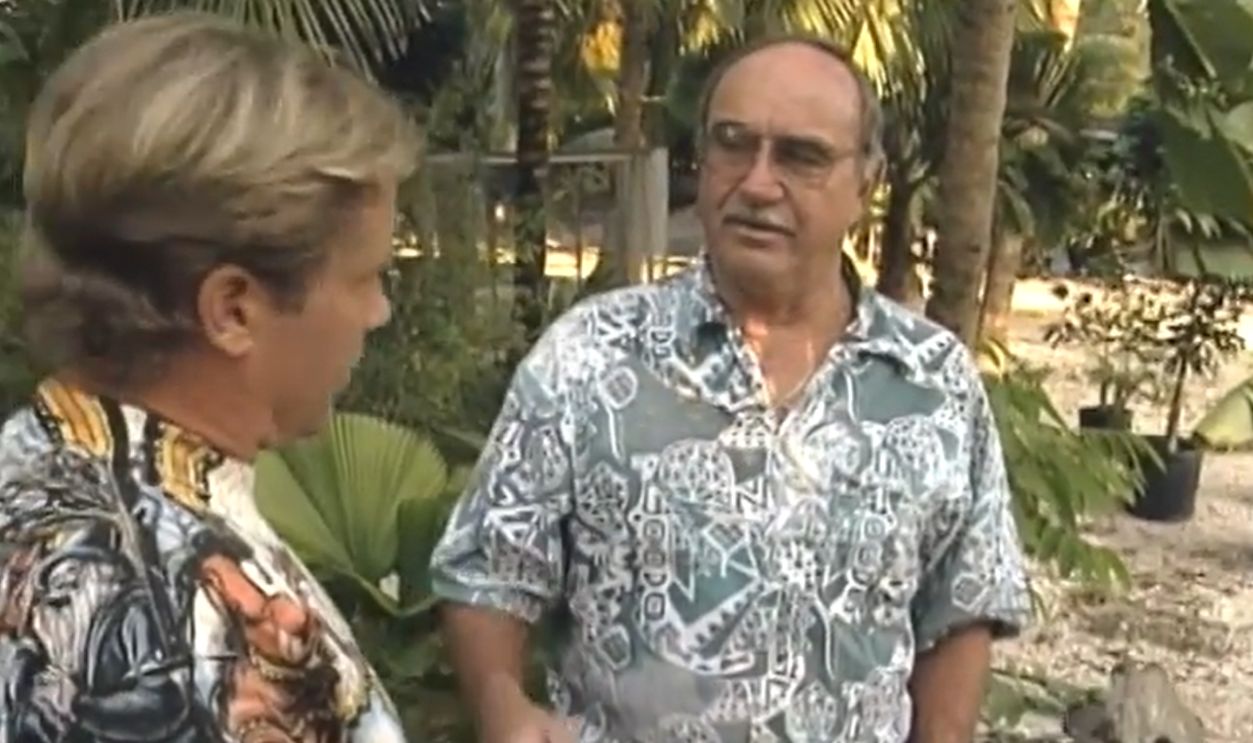 KeysDiveGuideVol.27(GalleonHunter9)Ghost Ships-1733 Fleet, KeysDiveGuide - Don Ferguson Productions
KeysDiveGuideVol.27(GalleonHunter9)Ghost Ships-1733 Fleet, KeysDiveGuide - Don Ferguson Productions
The Discovery
In 1973, they discovered silver bars that were supposedly from the Atocha. Two years later, Fisher’s son found five bronze cannons with markings that proved them to be from the Atocha. They were on the right track.
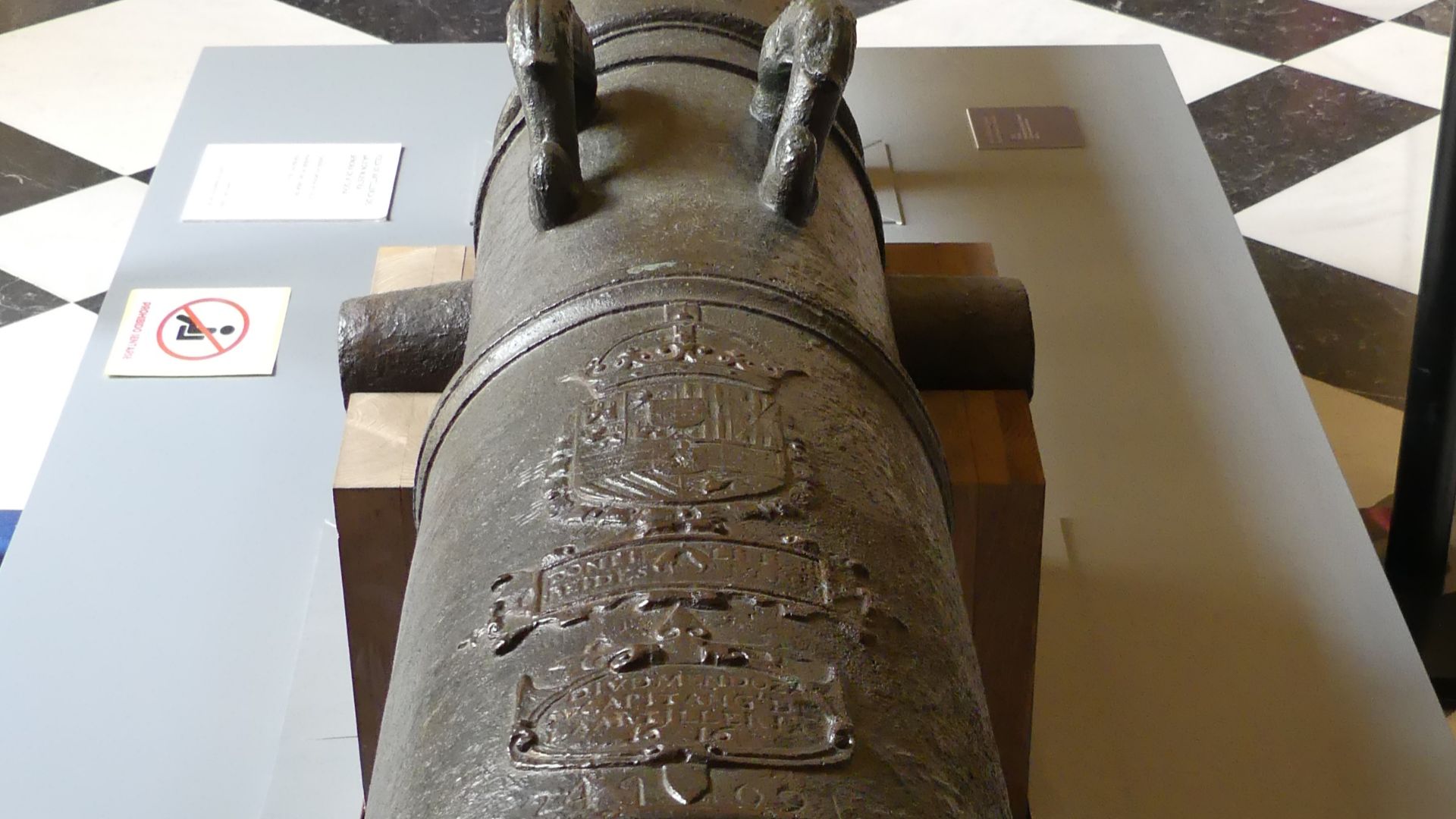 CarlosVdeHabsburgo, Wikimedia Commons
CarlosVdeHabsburgo, Wikimedia Commons
The Discovery
As a result of the discovery of the cannons, a large part of the silver, gold, and emeralds were discovered. Fisher’s other son radioed the good news to Treasure Salvors from their salvage boat.
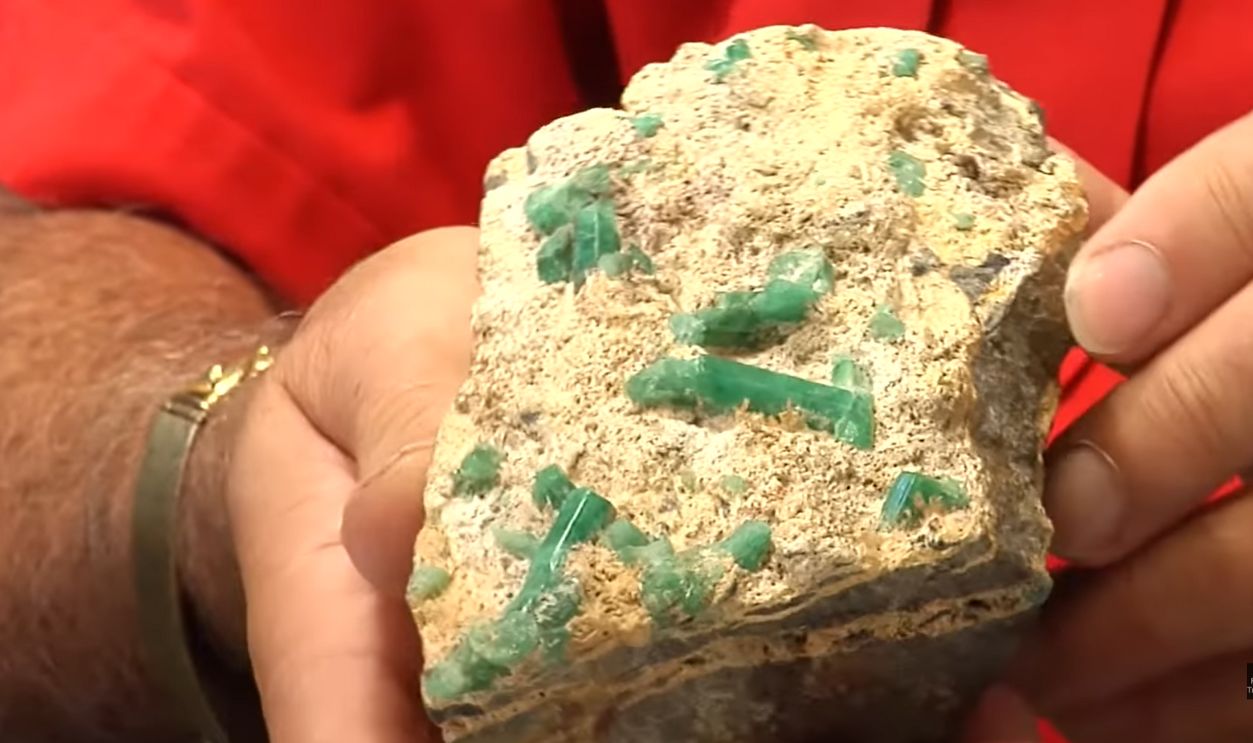 Why are Atocha Emeralds so valuable?, Mel Fishers Treasures
Why are Atocha Emeralds so valuable?, Mel Fishers Treasures
The Discovery
The coins that they salvaged were minted, primarily, between 1598—1621. However, among them were many rare coins as well. Some coins were unknown until they were pulled out of the wreckage.
The Missing Piece
Although Fisher and Ricard succeeded in finding the bulk of the treasure, a large chunk of the wreckage is still missing. This includes the most important part of the ship: the sterncastle.
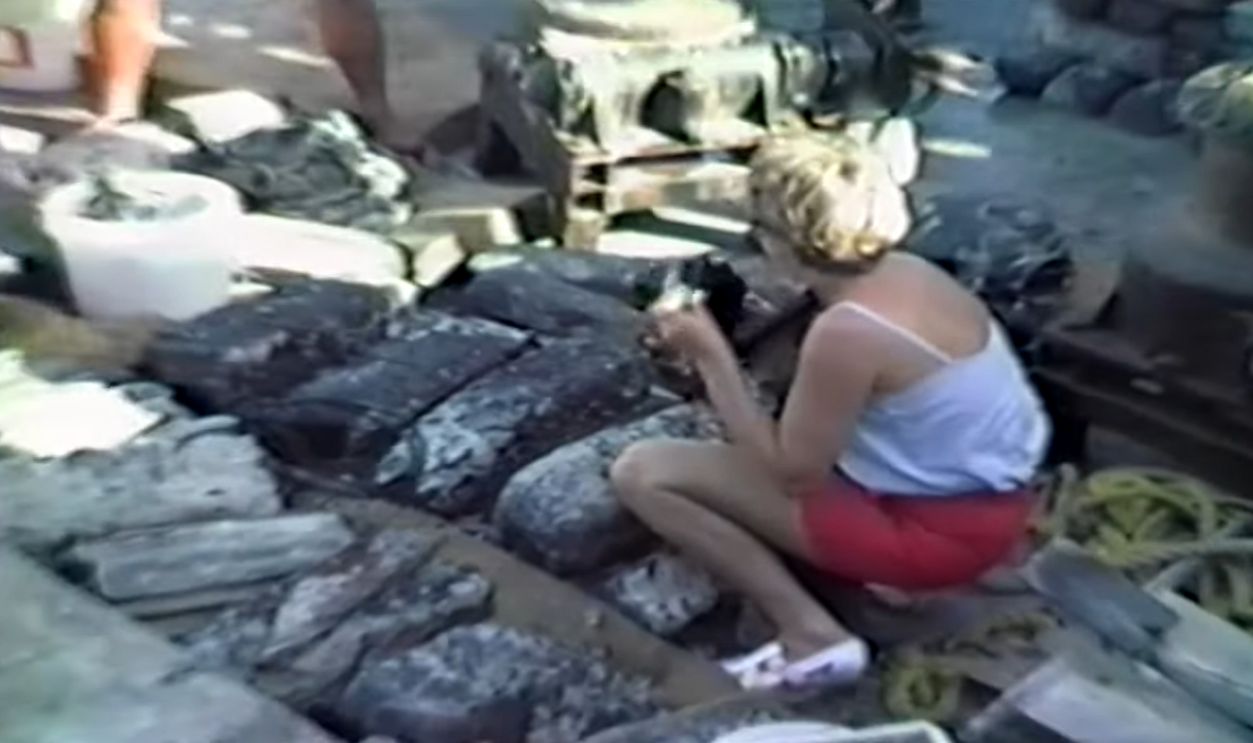 The Great 17 Year Hunt For The Lady Of Atocha's $400m Treasure, Real History
The Great 17 Year Hunt For The Lady Of Atocha's $400m Treasure, Real History
The Missing Piece
Most experts believe that the sterncastle (the rear of the ship) would have been where the original sailors put most of the gold, as well as the rare Muzo emeralds that were cataloged among the treasure.
The Missing Piece
This is believed to be the case because they would have been stored in the captain’s cabin for safekeeping. The captain’s cabin would have been in this rear portion of the ship that is still missing.
Fighting For The Treasure
Although Treasure Salvors made the discovery, the state of Florida felt that they deserved part of the cut. They forced Treasure Salvors into a contract that gave 25% of the found treasure to the state.
Fighting For The Treasure
Treasure Salvors did not take this sitting down. They fought the state, feeling that the find should belong to those who discovered the treasure alone. After all, what did the state do for their search?
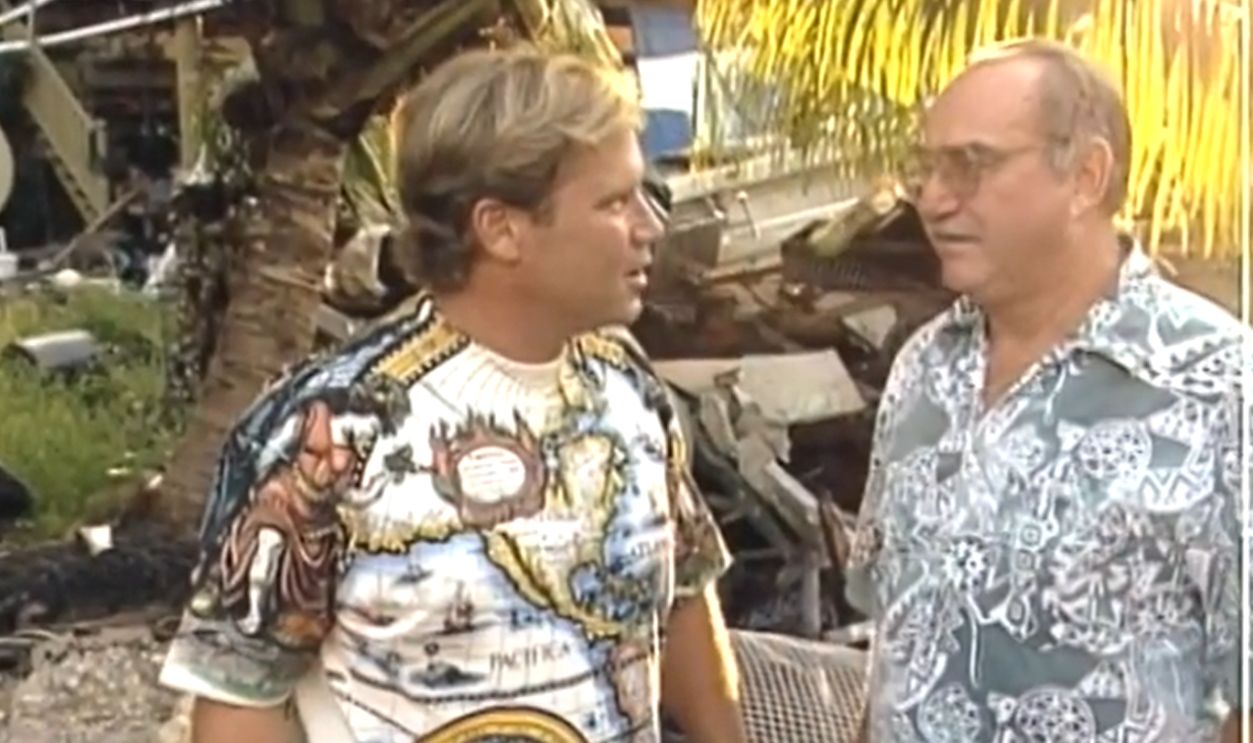 KeysDiveGuideVol.27(GalleonHunter9)Ghost Ships-1733 Fleet, KeysDiveGuide - Don Ferguson Productions
KeysDiveGuideVol.27(GalleonHunter9)Ghost Ships-1733 Fleet, KeysDiveGuide - Don Ferguson Productions
Fighting For The Treasure
The fight was a long one. They spent eight years in litigation and the case ultimately ended up in the US Supreme Court. However, Treasure Salvator would win out in the end.
 Philosophicalswag, Wikimedia Commons
Philosophicalswag, Wikimedia Commons
Fighting For The Treasure
On July 1, 1992, the Supreme Court ruled in Treasure Salvator’s favor. The right to all treasure was award to them. Unfortunately, Fisher only had a few years to enjoy his win as he passed six years later.
The Continued Search
The hunt for the rest of the Atocha continued. In June 2011, they found further success: they discovered an antique emerald ring.
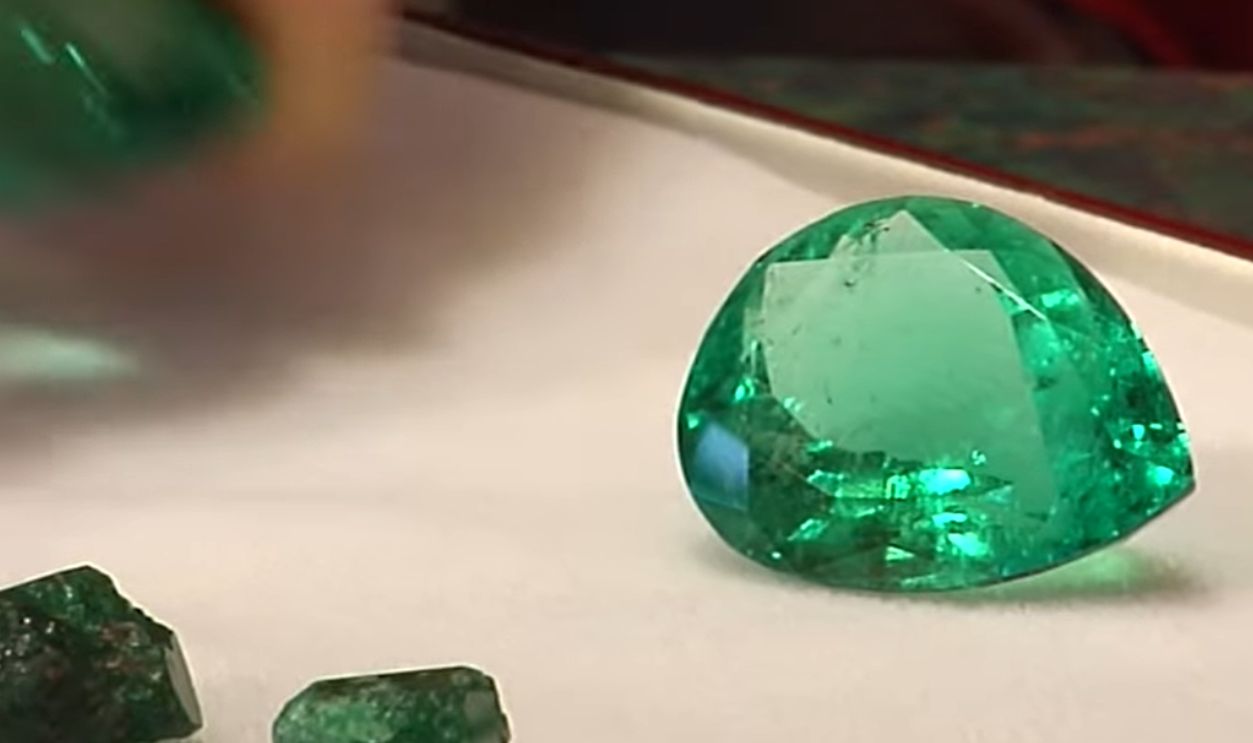 Why are Atocha Emeralds so valuable?, Mel Fishers Treasures
Why are Atocha Emeralds so valuable?, Mel Fishers Treasures
The Continued Search
The ring was found 35 miles from the coast of Key West. Although discovered along with some other artifacts, the ring was the biggest boon. It is estimated to be worth $500,000.
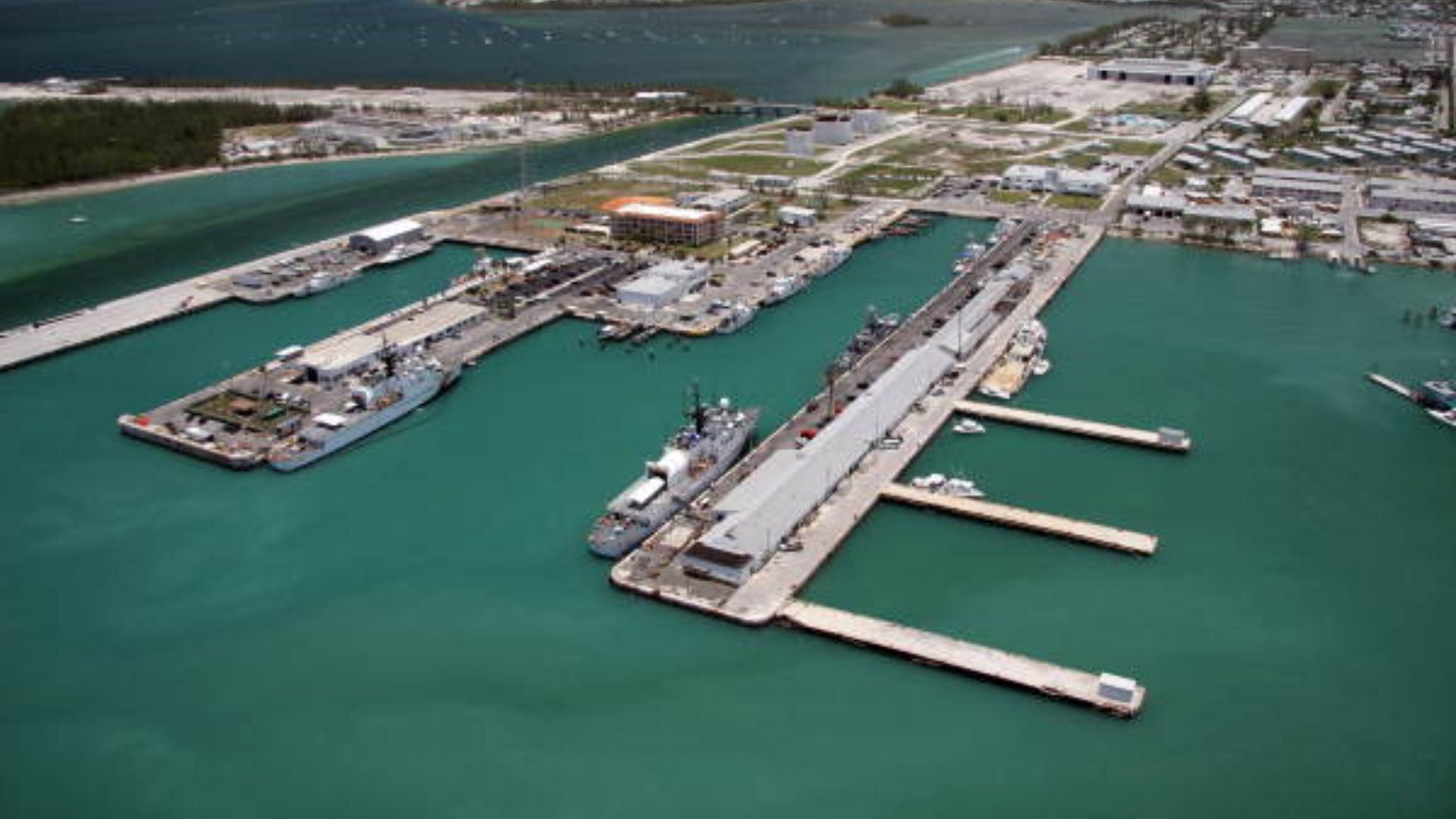 State Library and Archives of Florida, Wikimedia Commons
State Library and Archives of Florida, Wikimedia Commons
A Record Find
Thanks to its 40 tons of gold and silver as well as 32 kilos of emeralds, the Nuestra Senora de Atocha was named the most valuable shipwreck to be discovered by the Guinness Book of World Records in 2014.
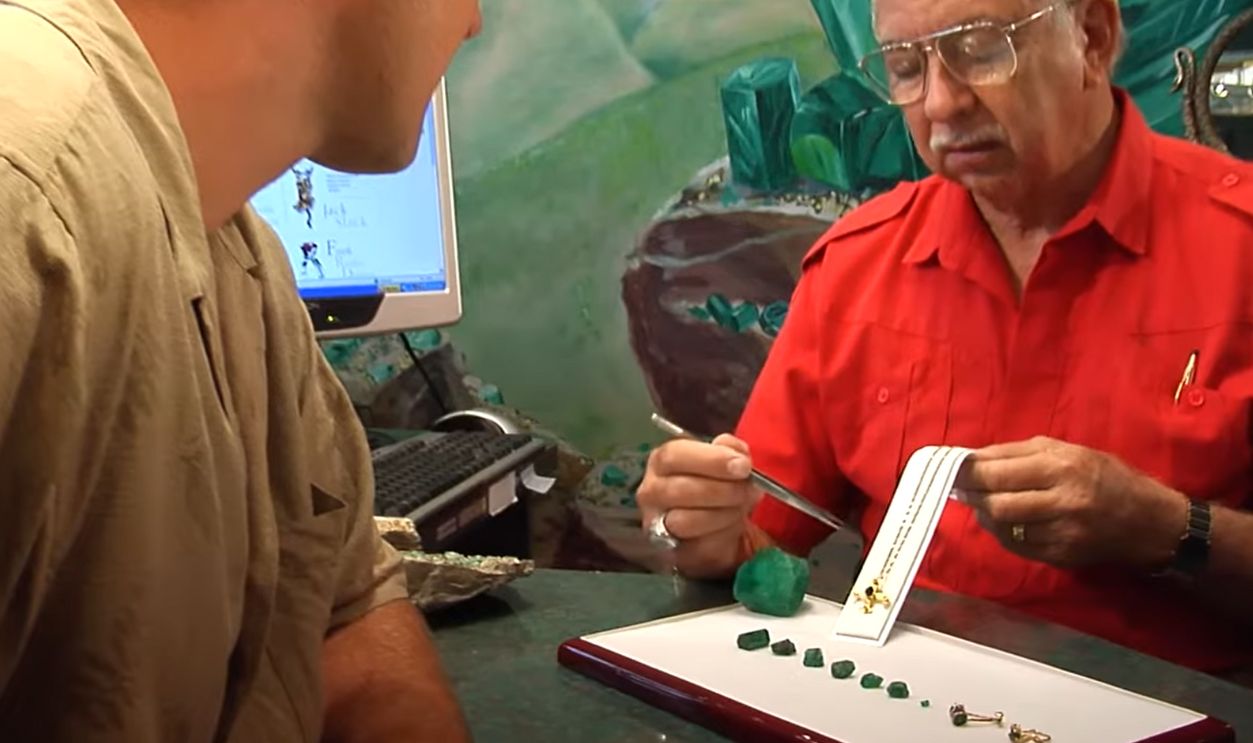 Why are Atocha Emeralds so valuable?, Mel Fishers Treasures
Why are Atocha Emeralds so valuable?, Mel Fishers Treasures
A Record Find
Unfortunately, that was not a title that the Atocha held for long. Only a year later, in 2015, it was surpassed by the discovery of the San Jose.
You May Also Like:
The Priceless Treasures Of The Palmwood Shipwreck
The Discovery Of The Antikythera Wreck
The Worst Shipwreck In History Wasn't The Titanic
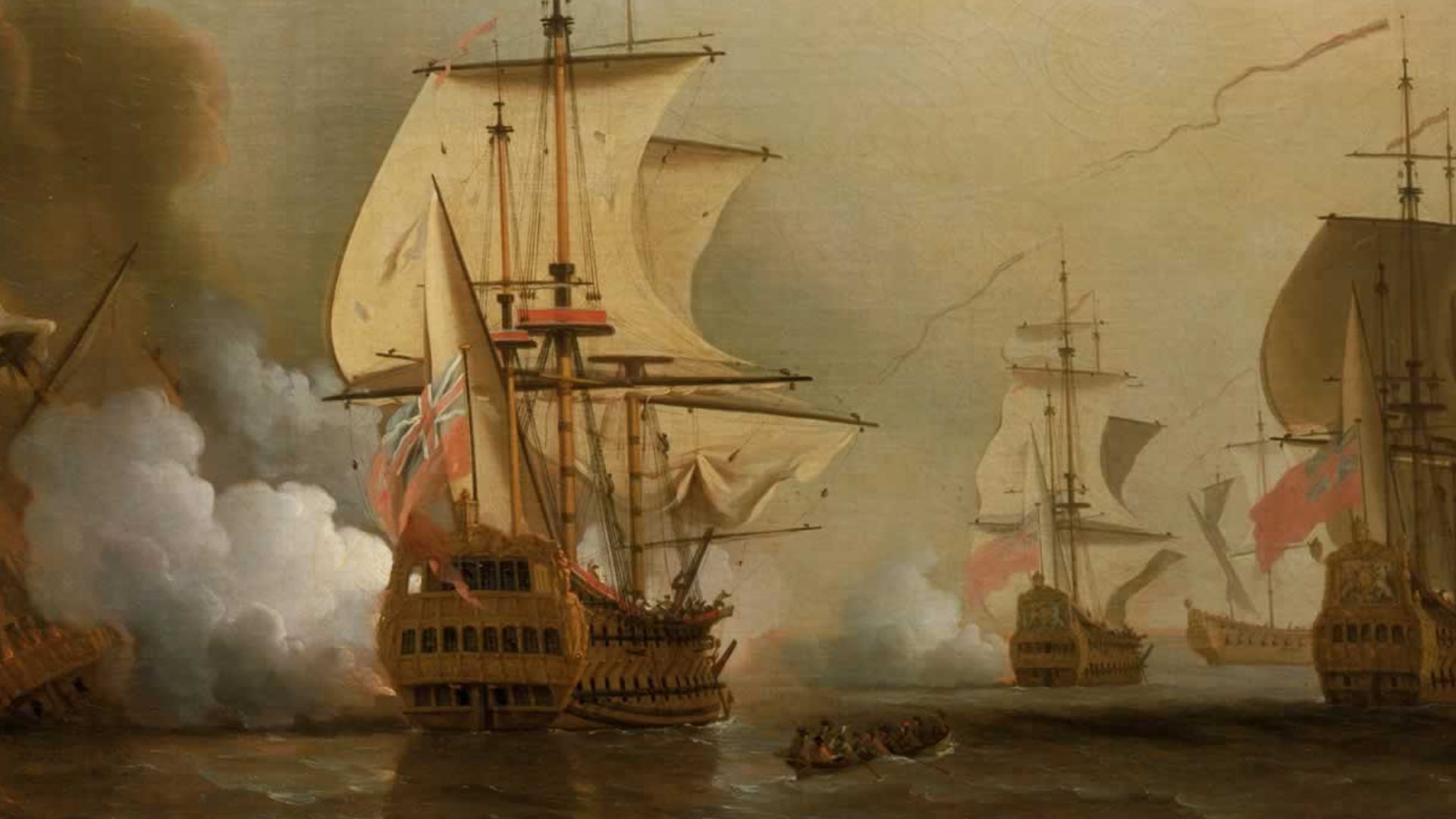 Samuel Scott, Wikimedia Commons
Samuel Scott, Wikimedia Commons
Sources:

